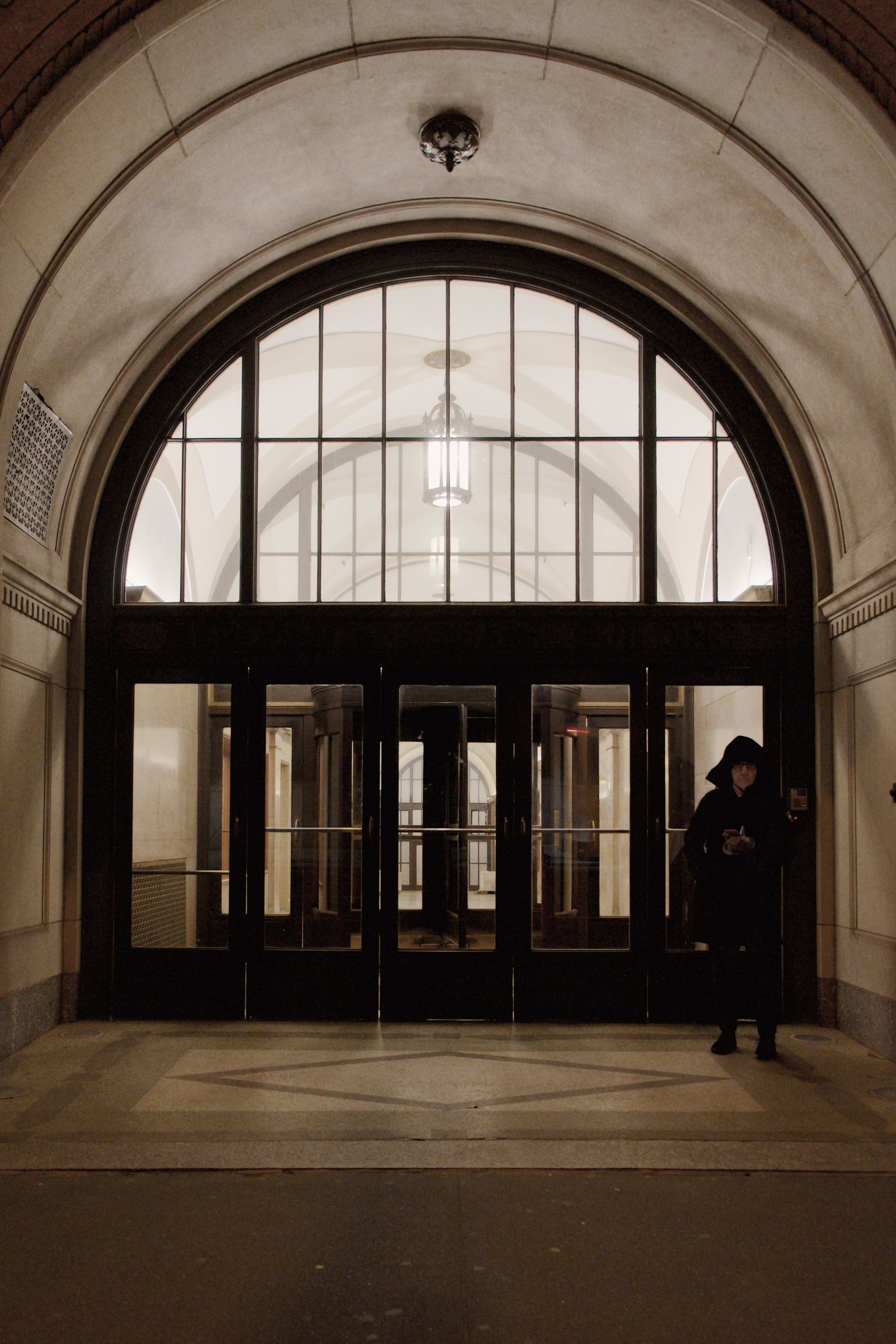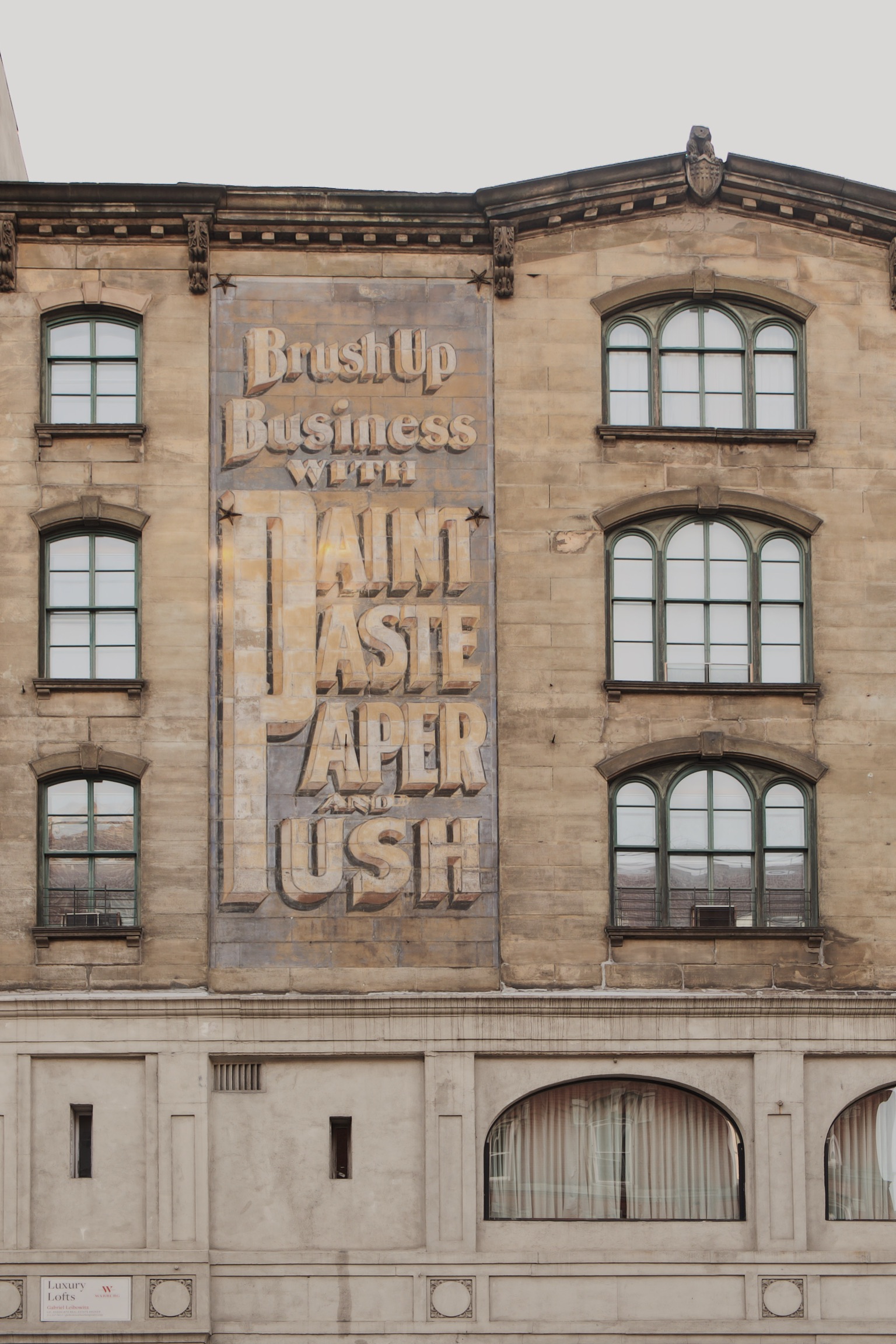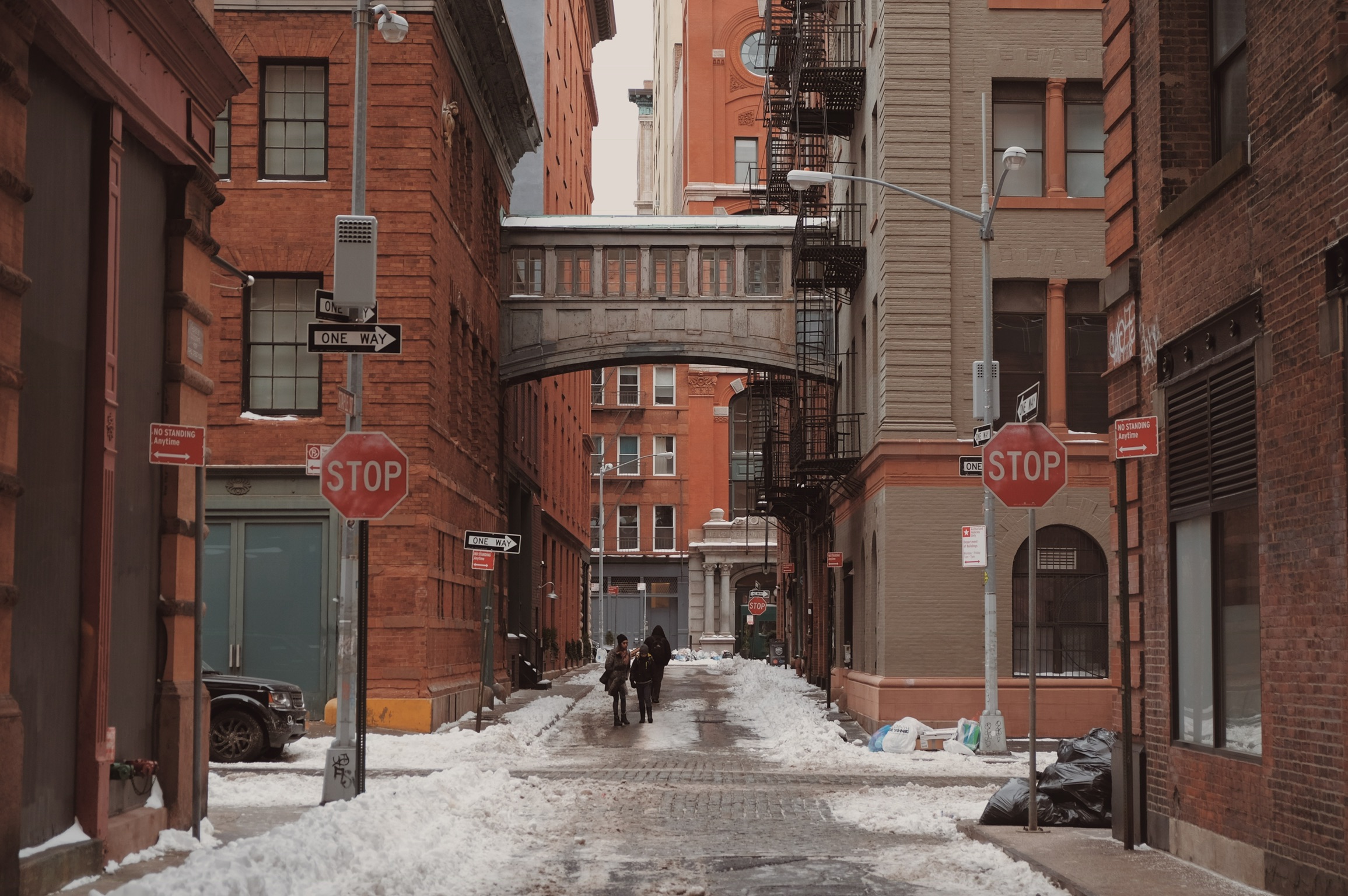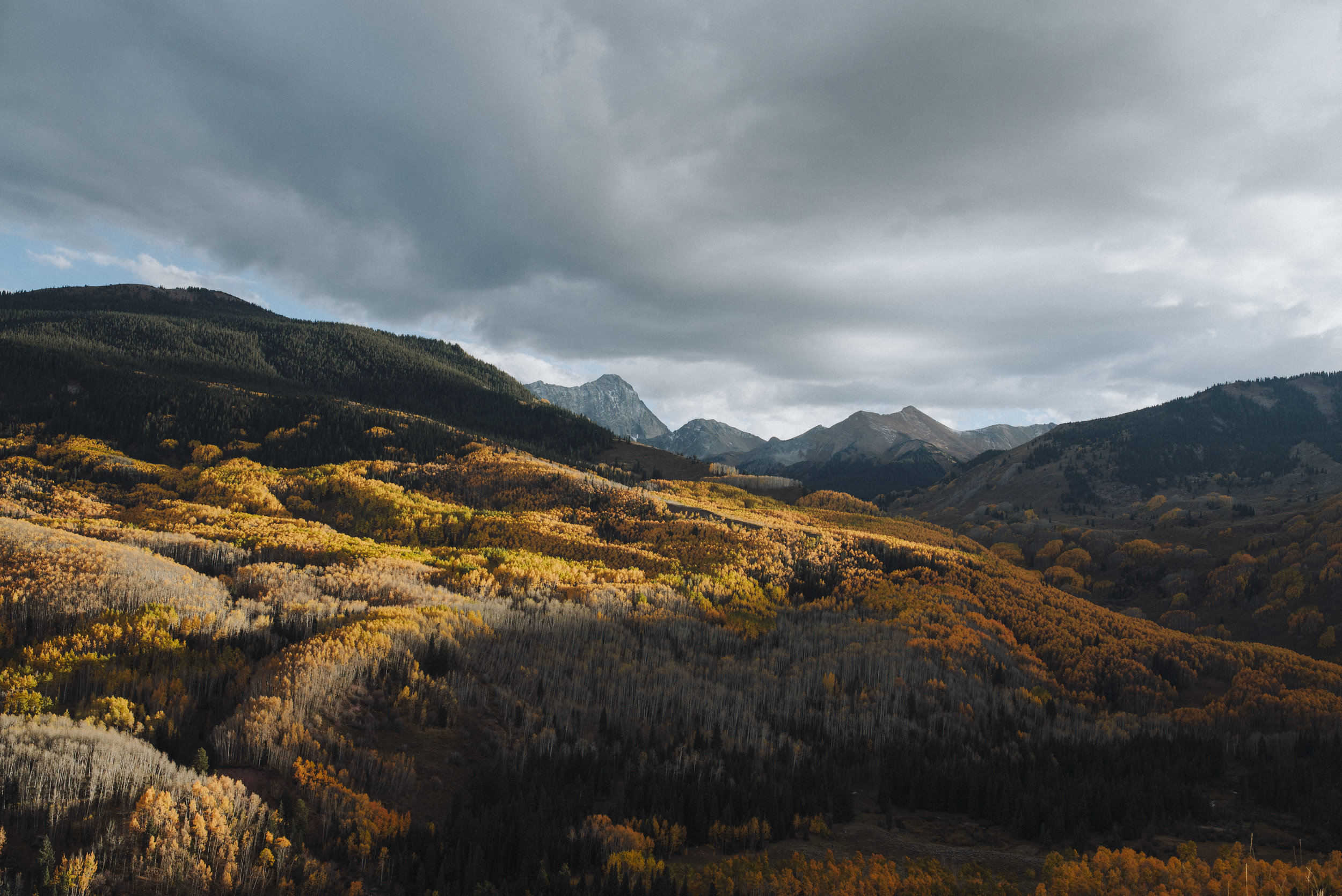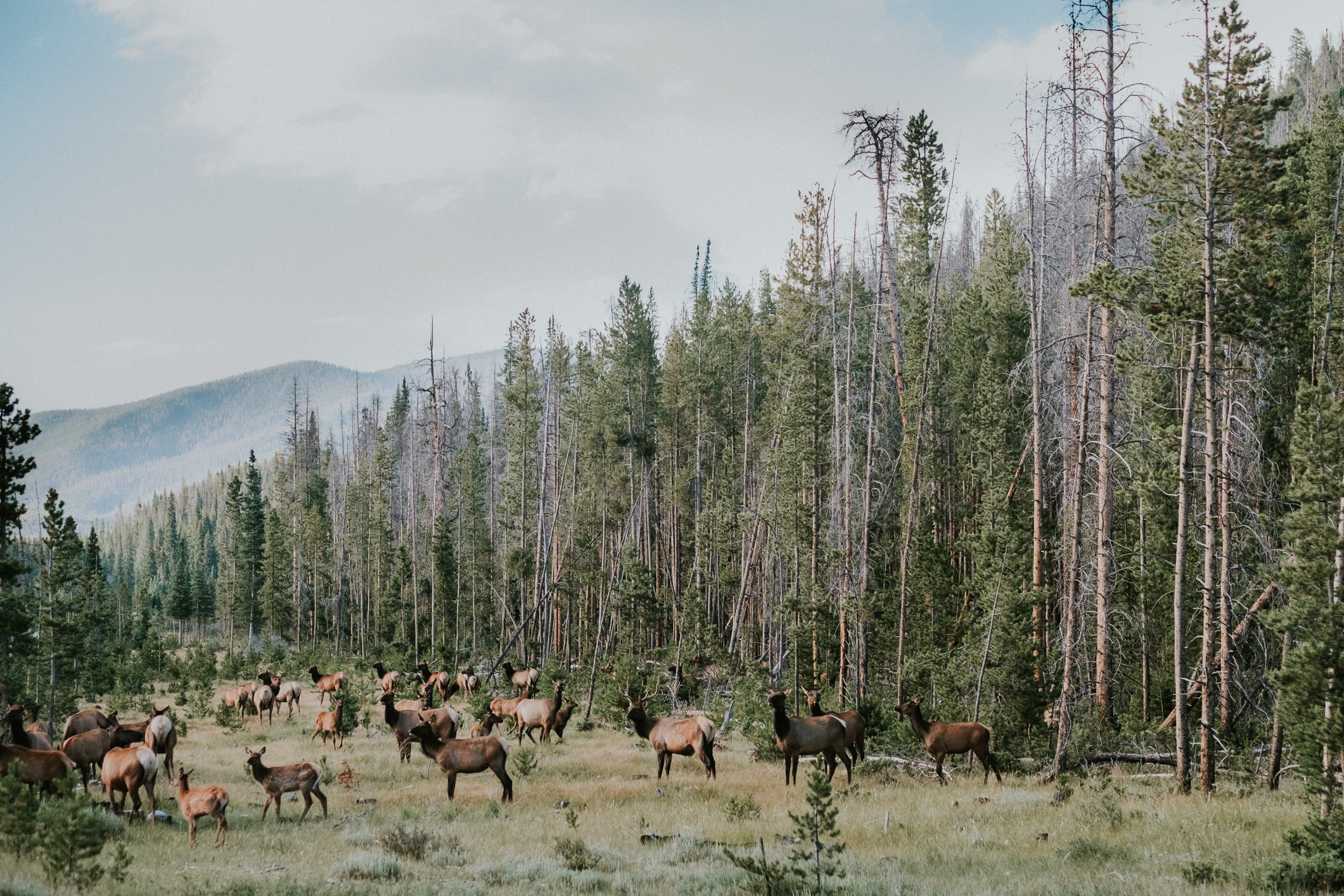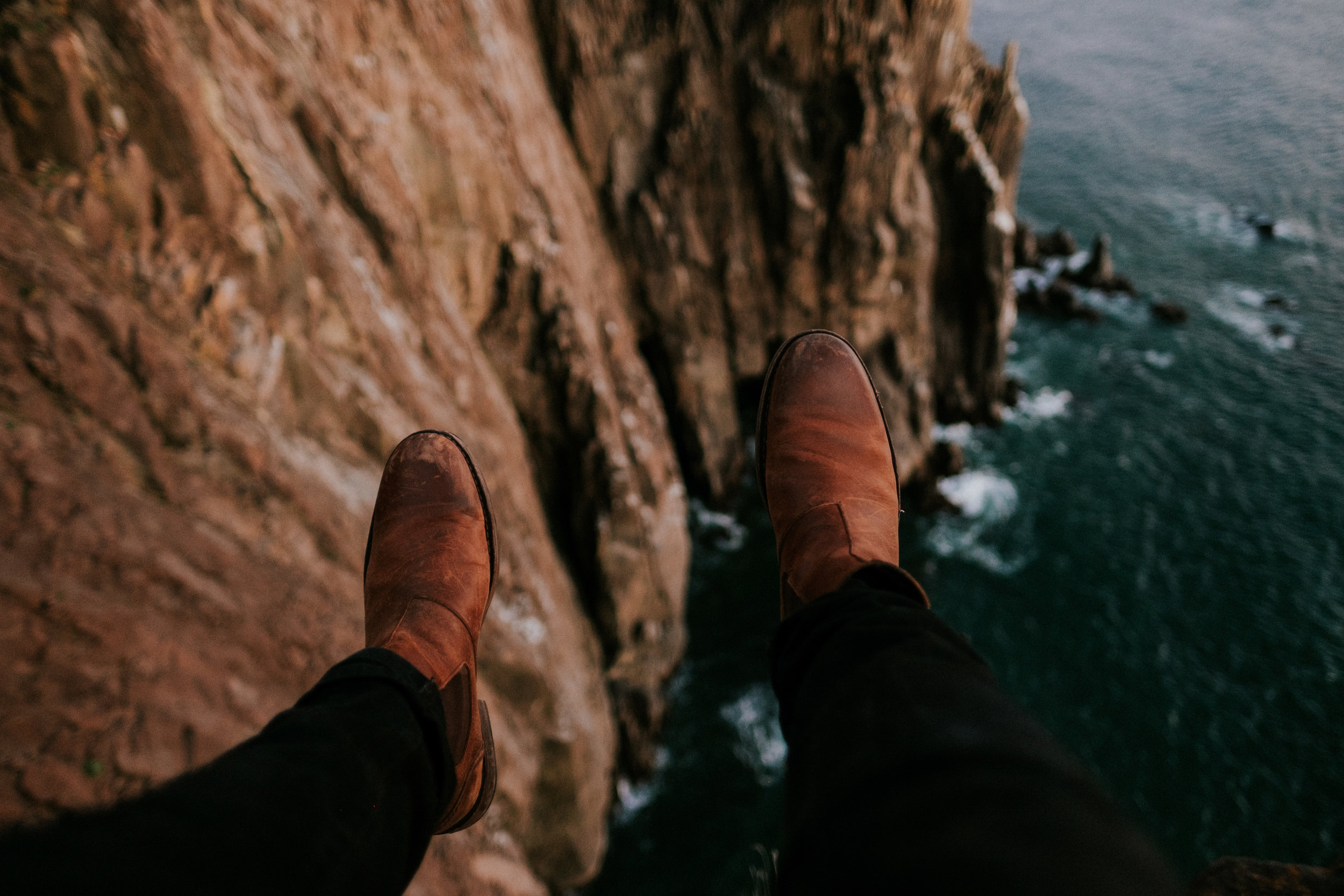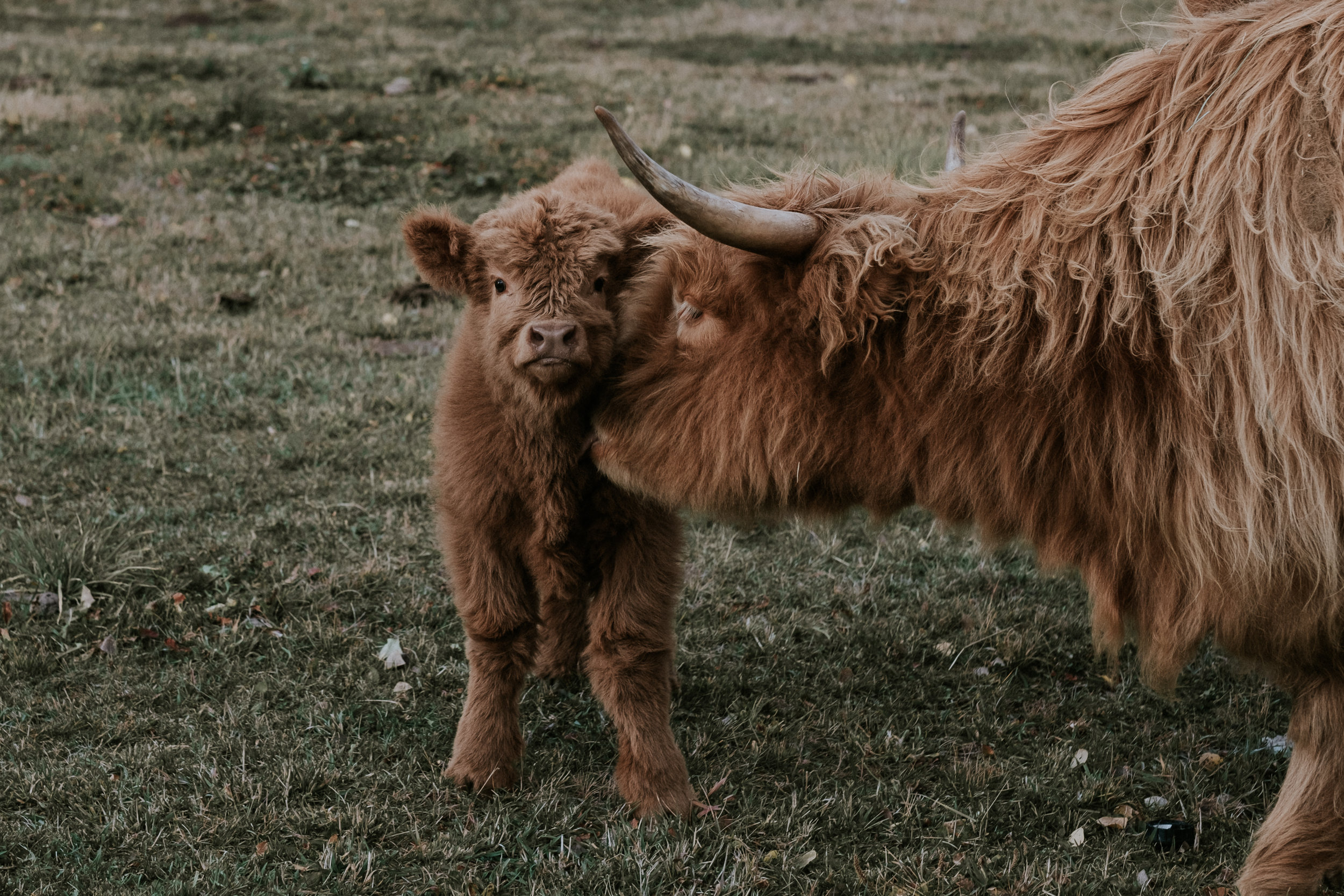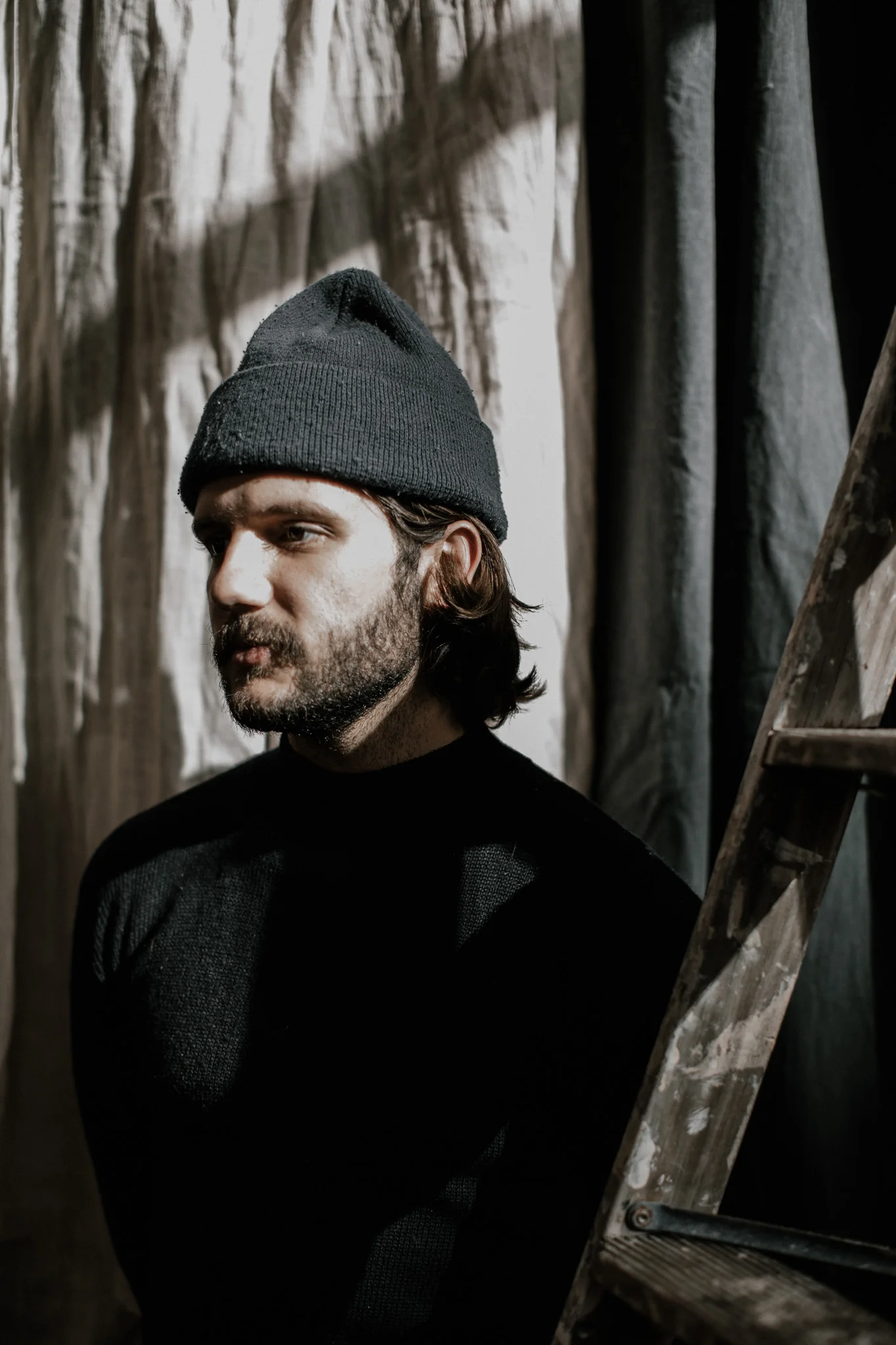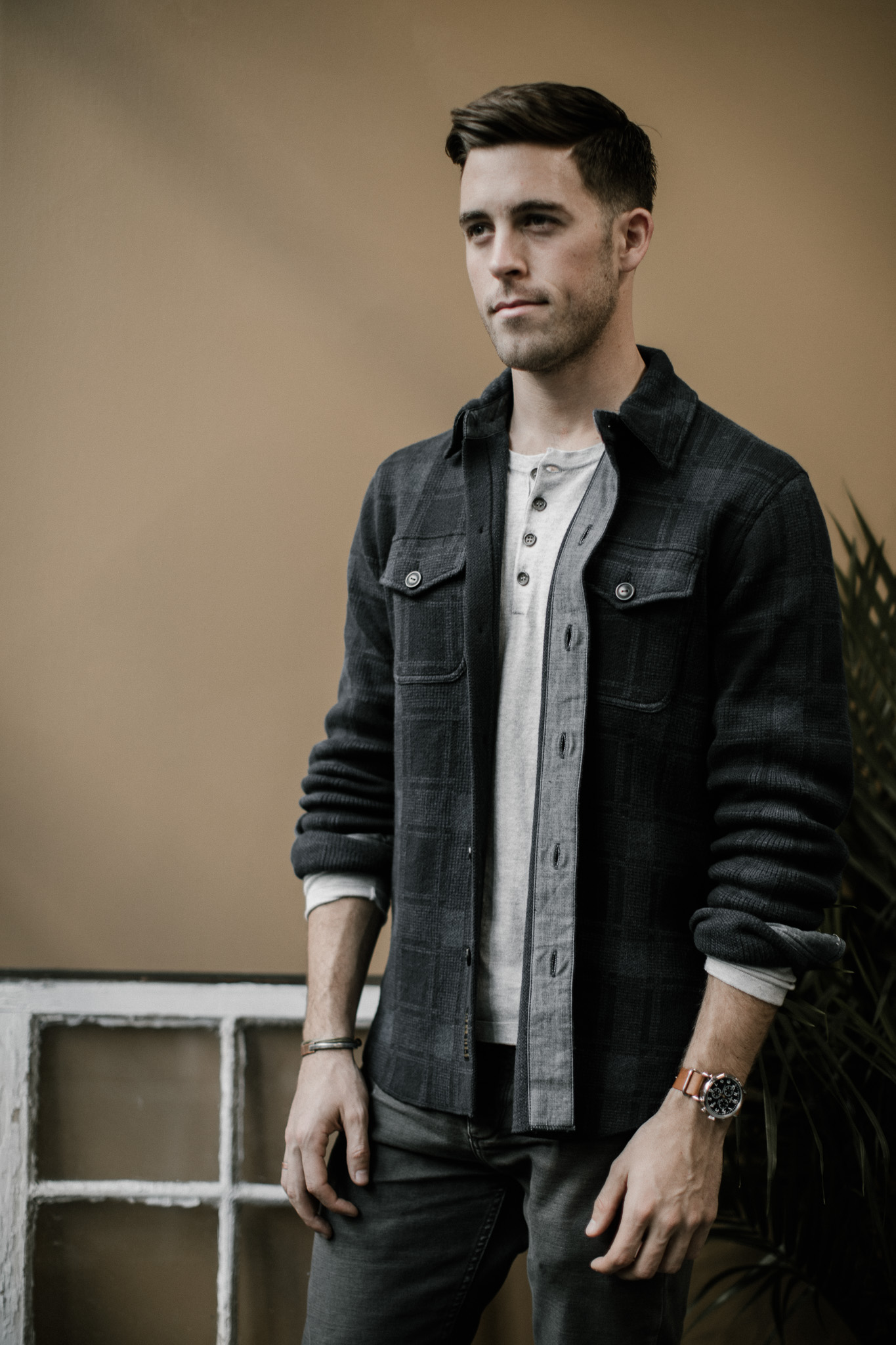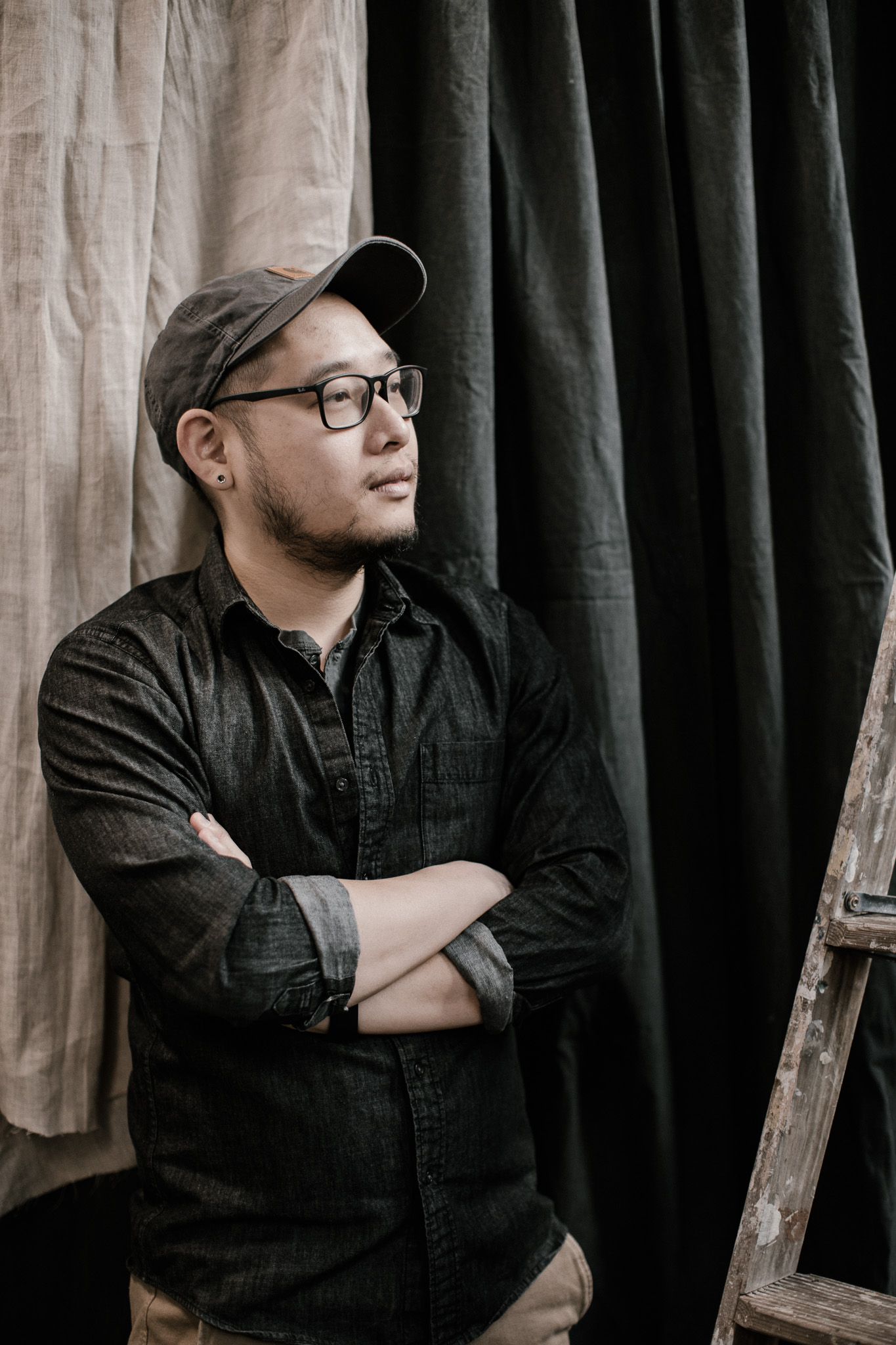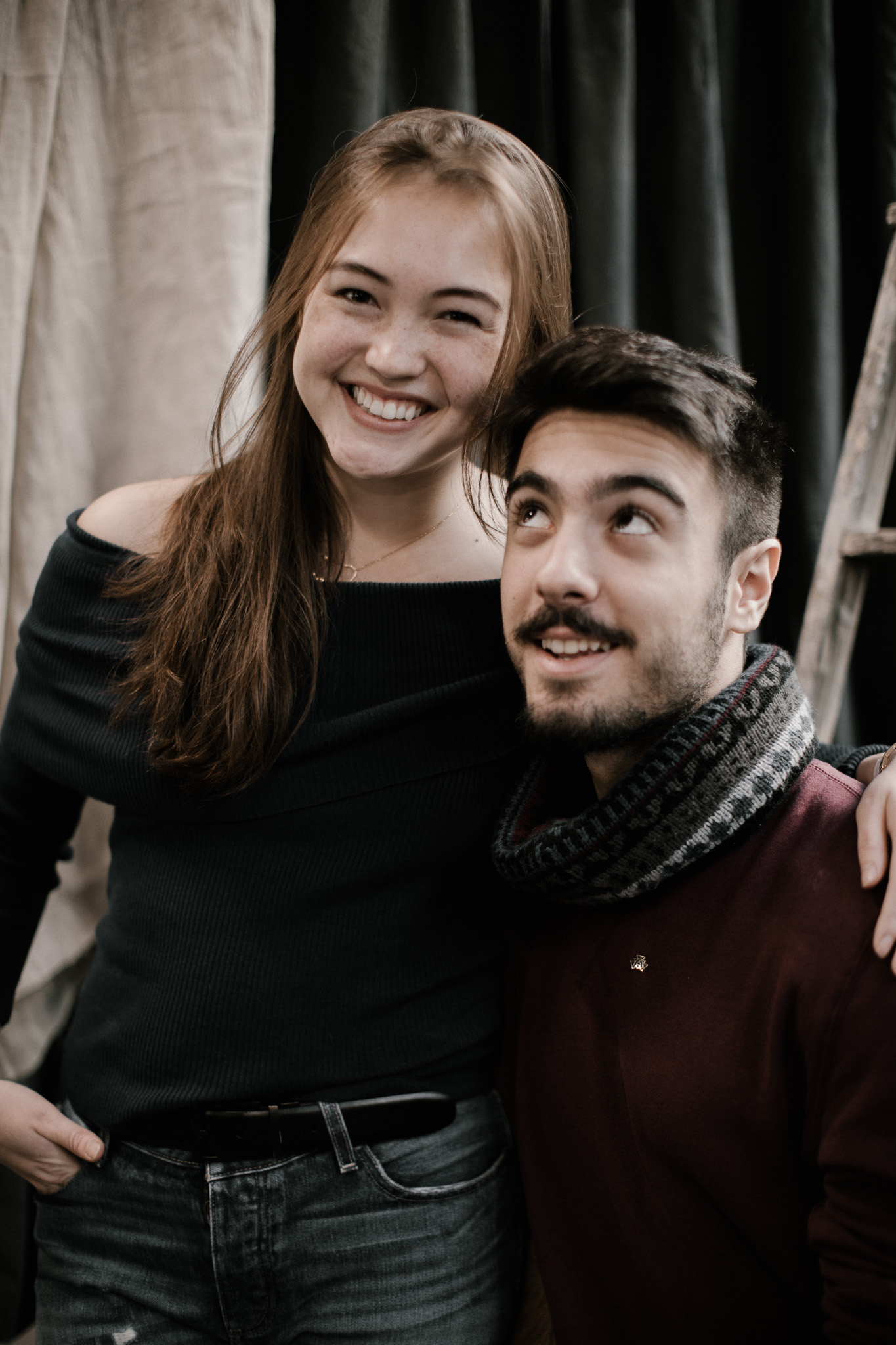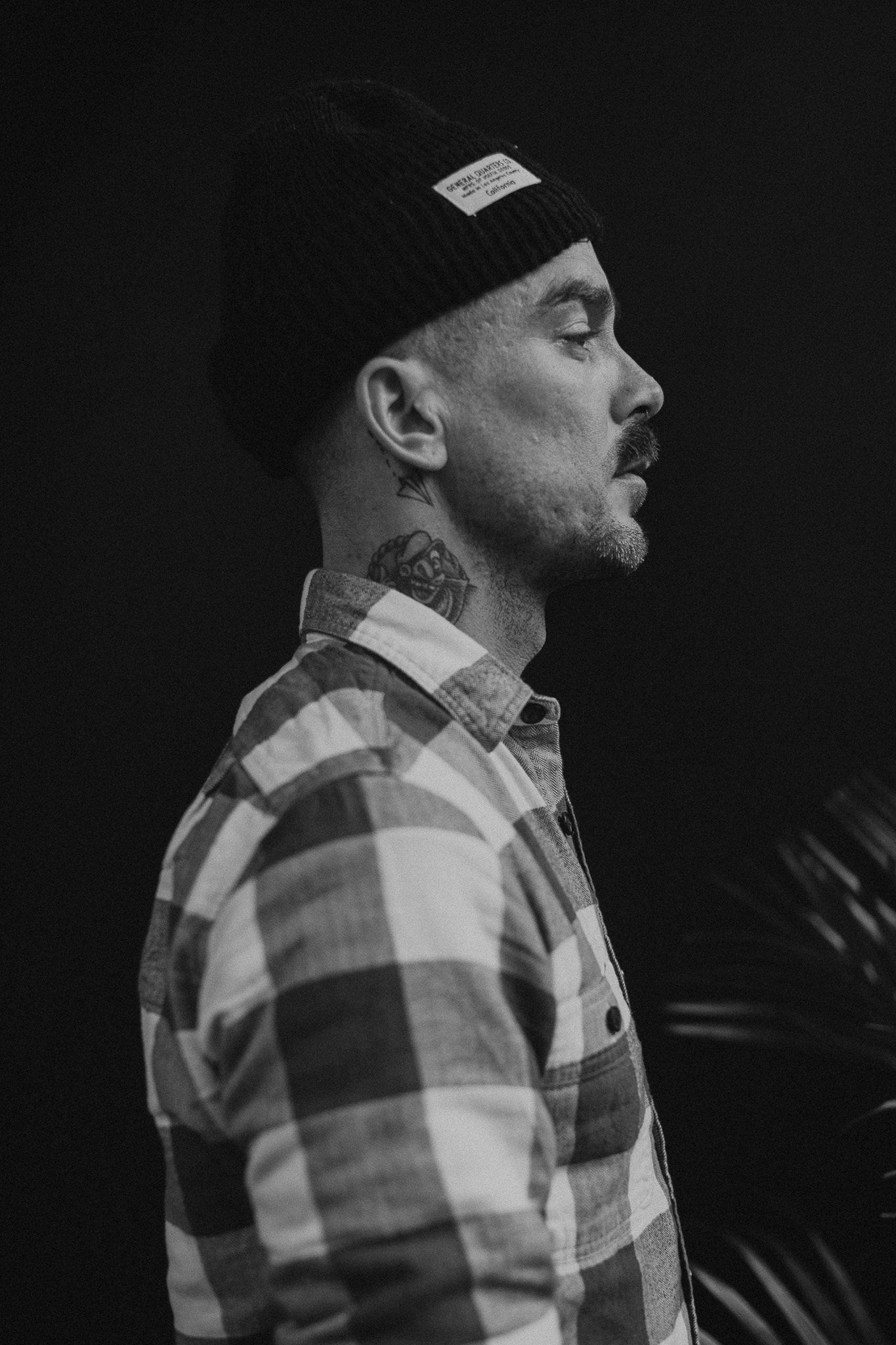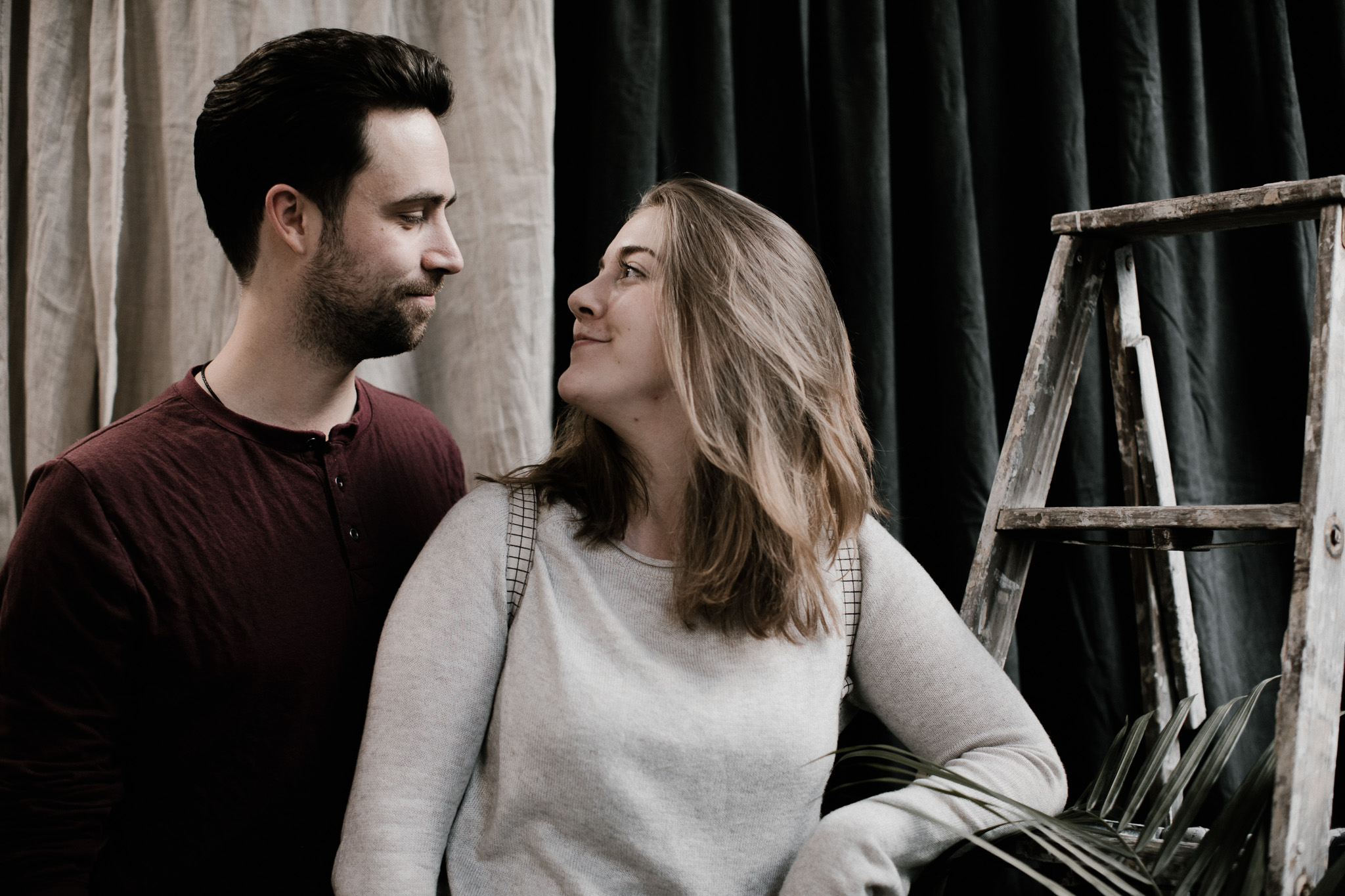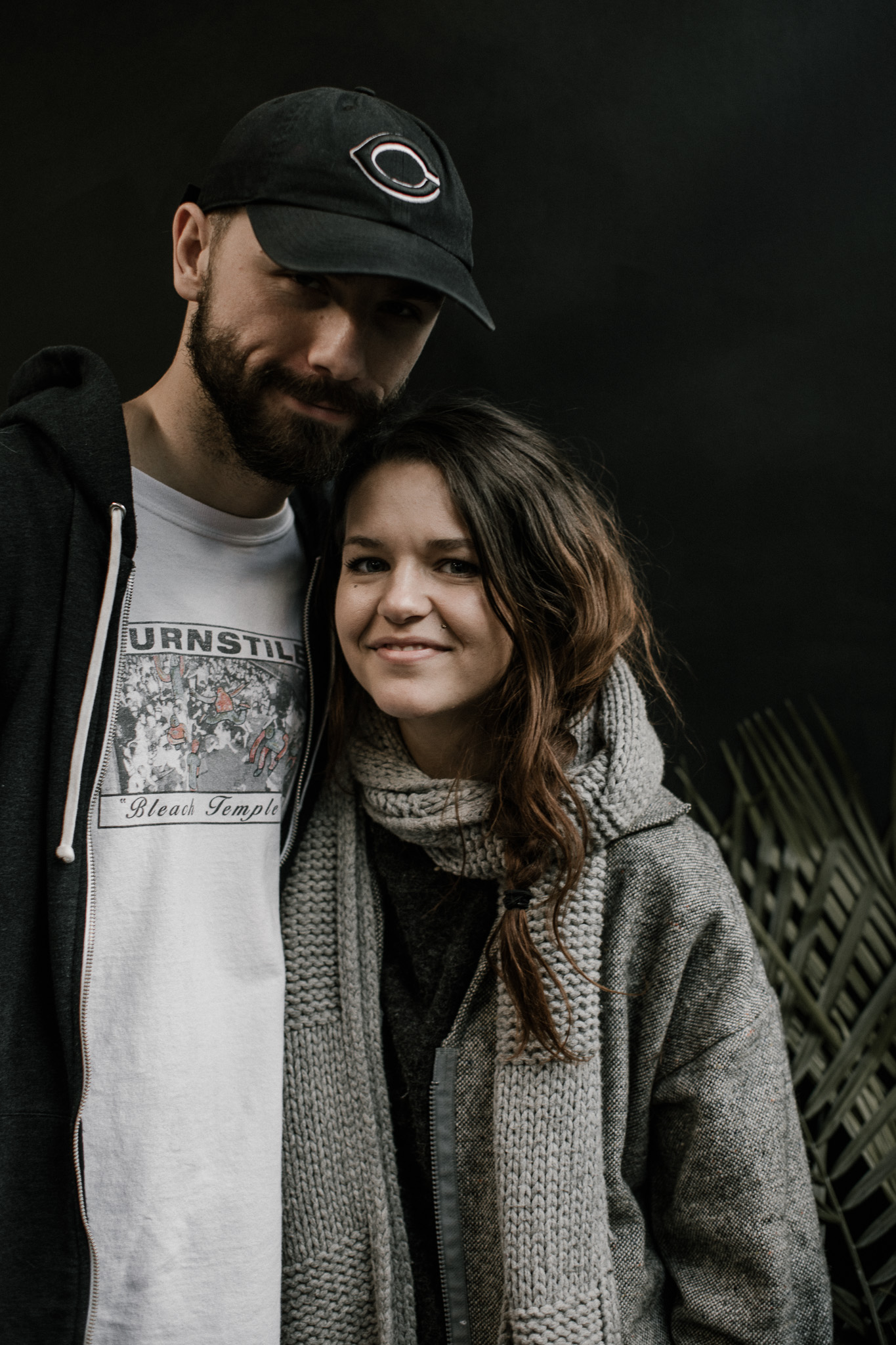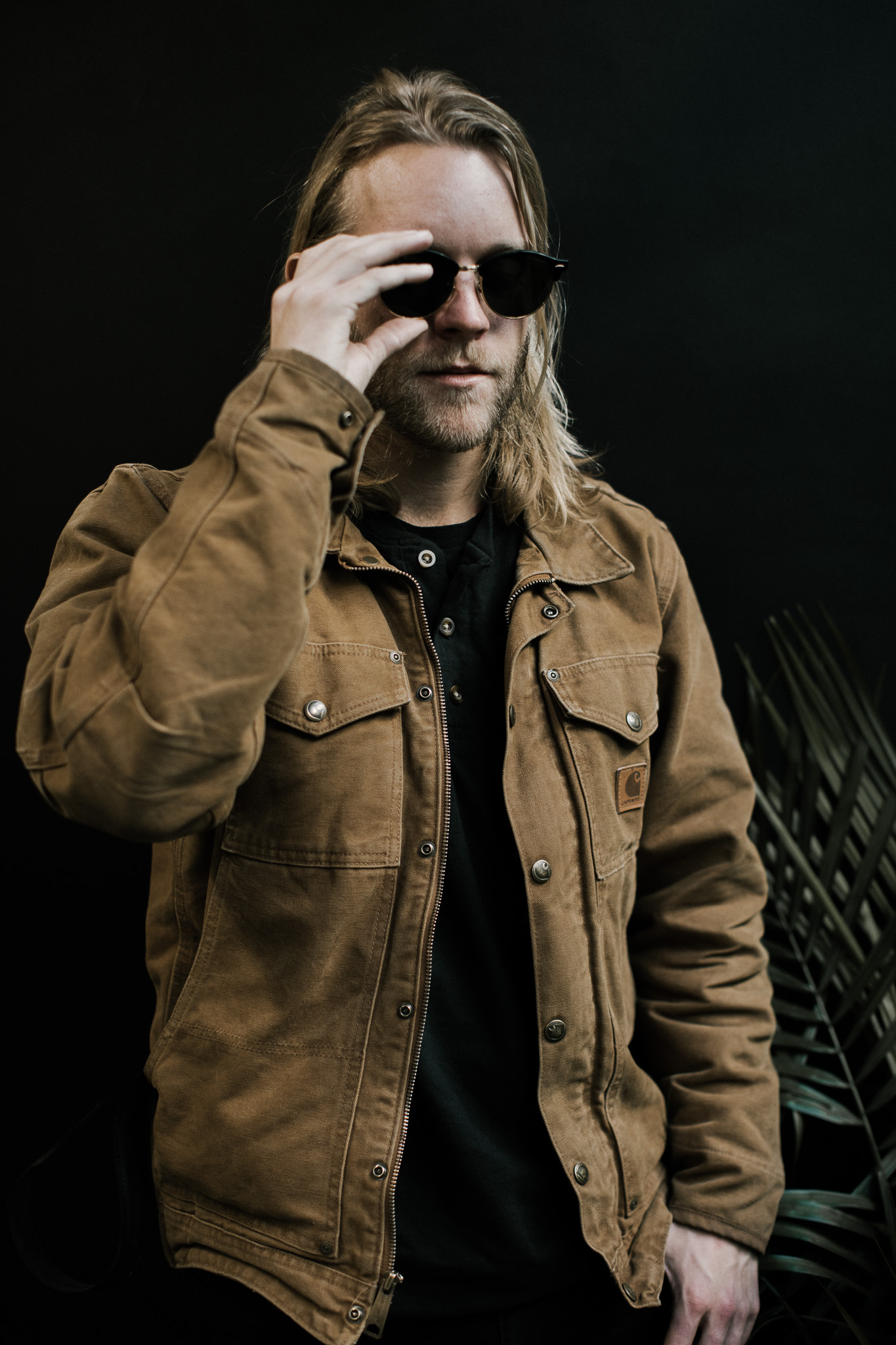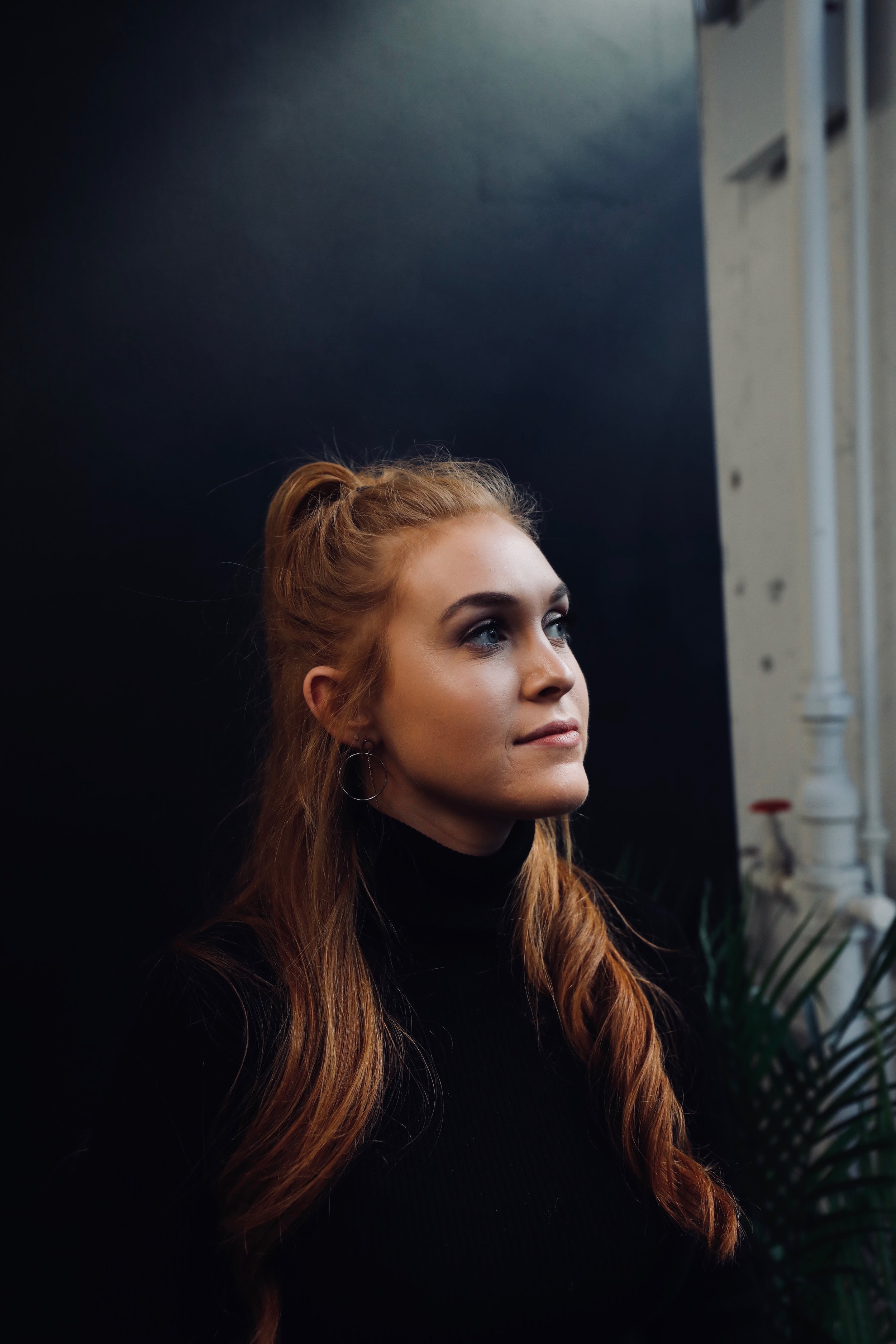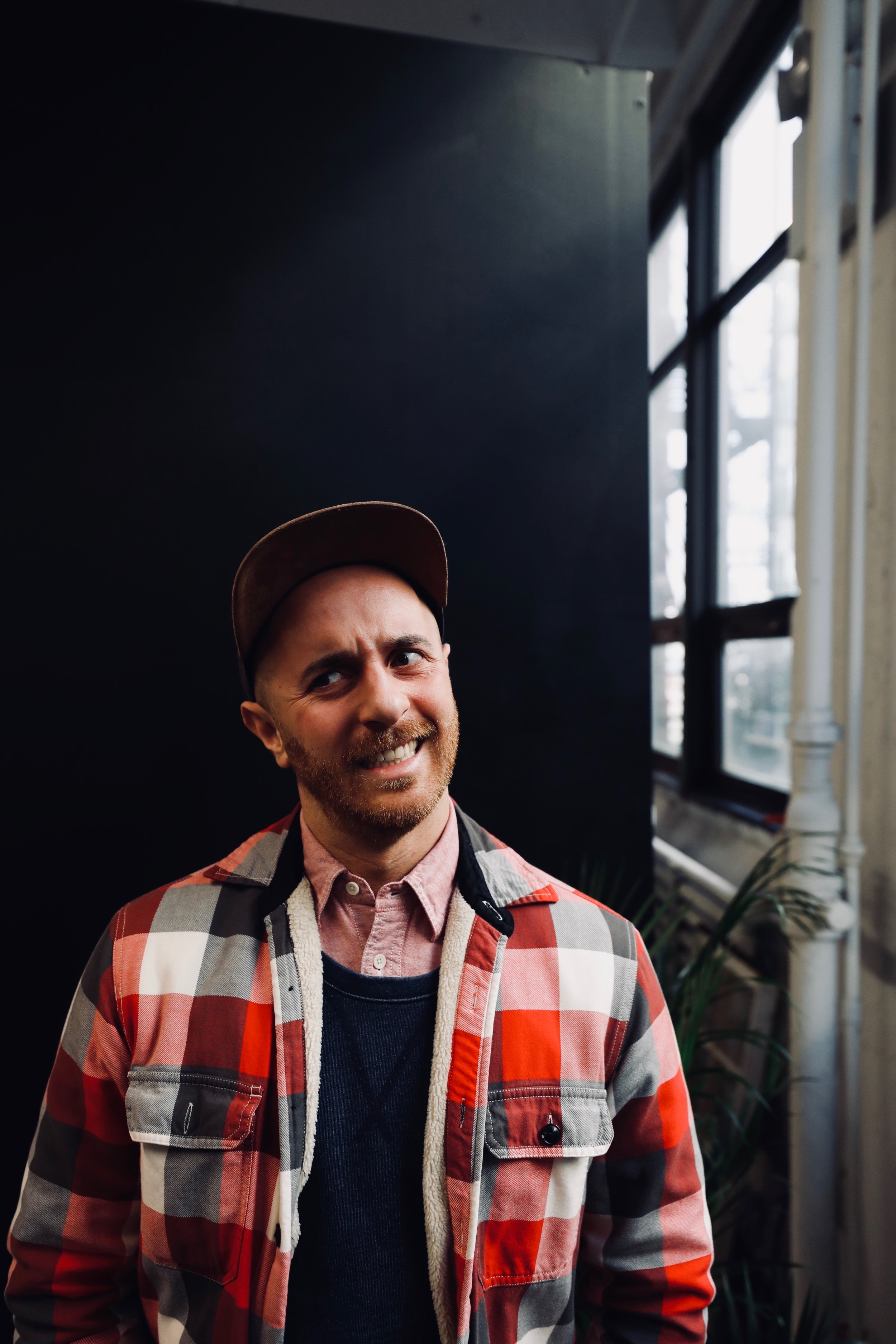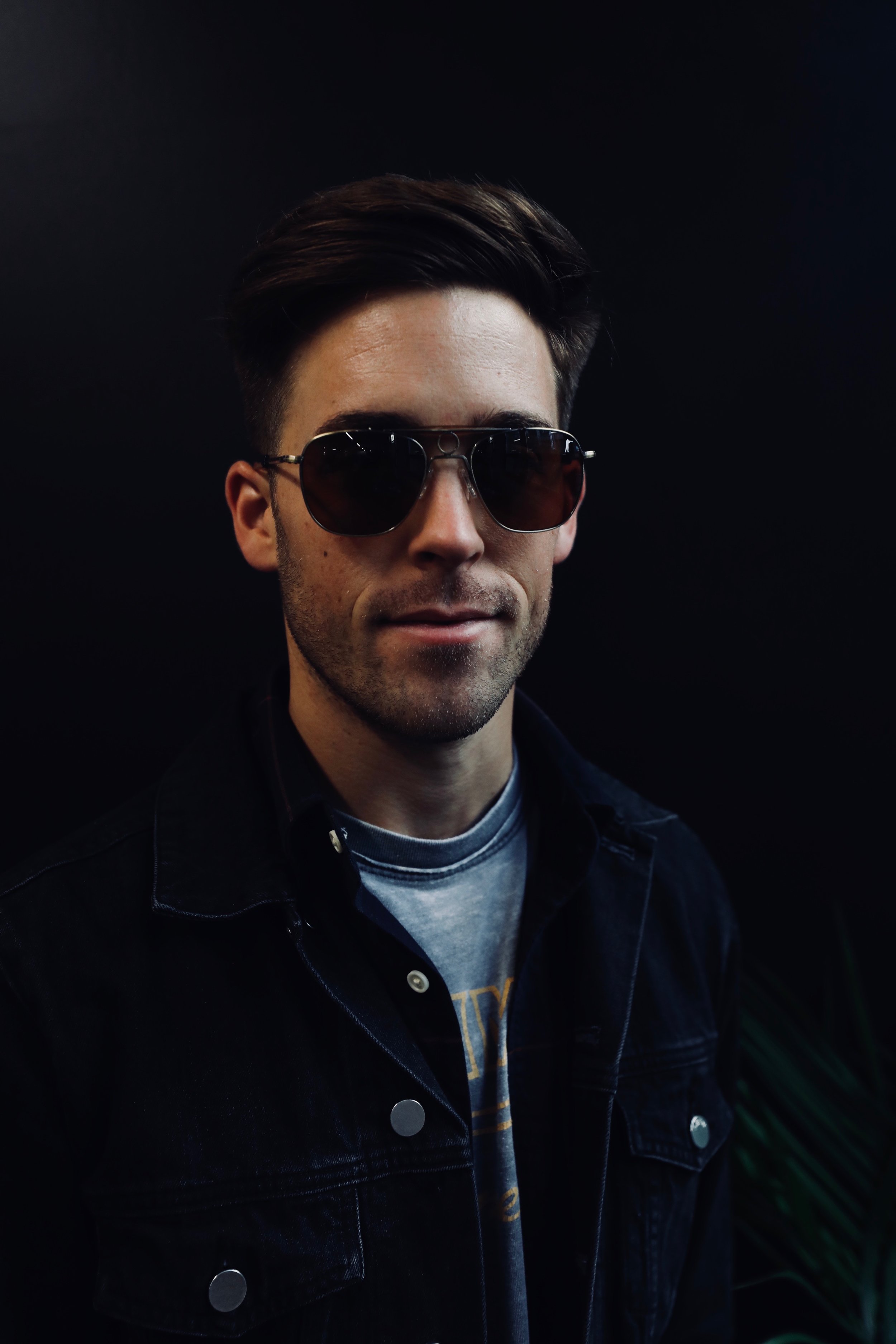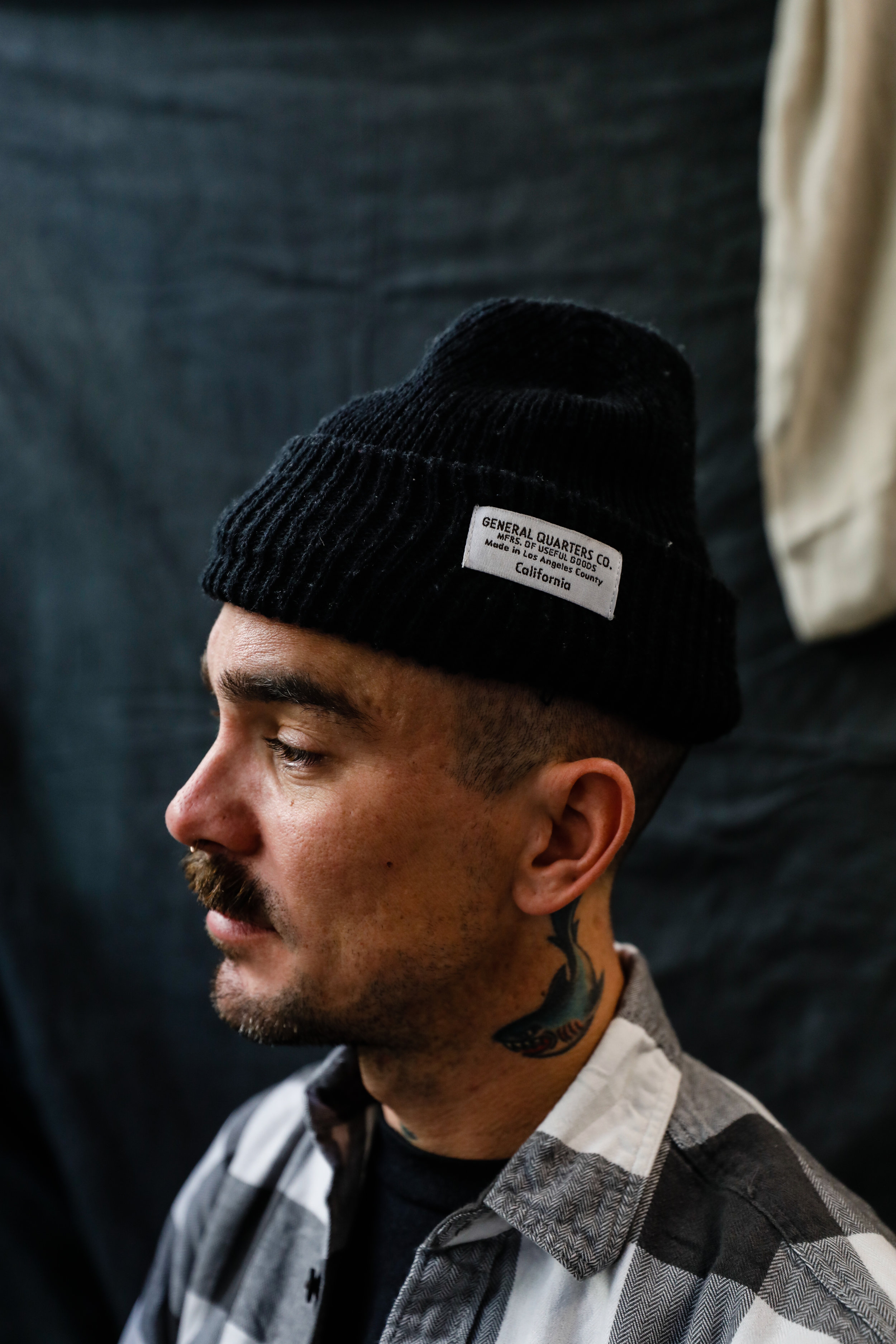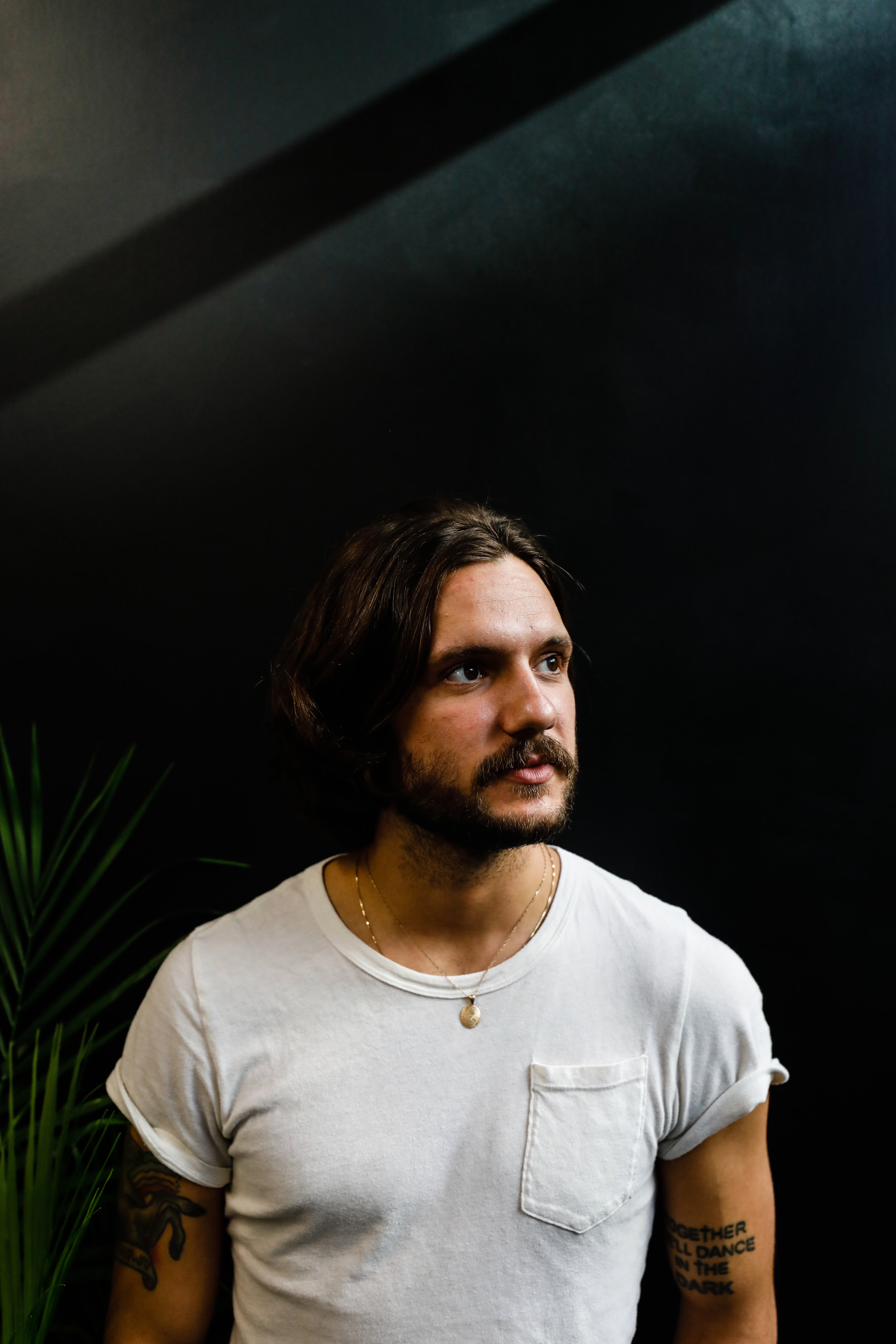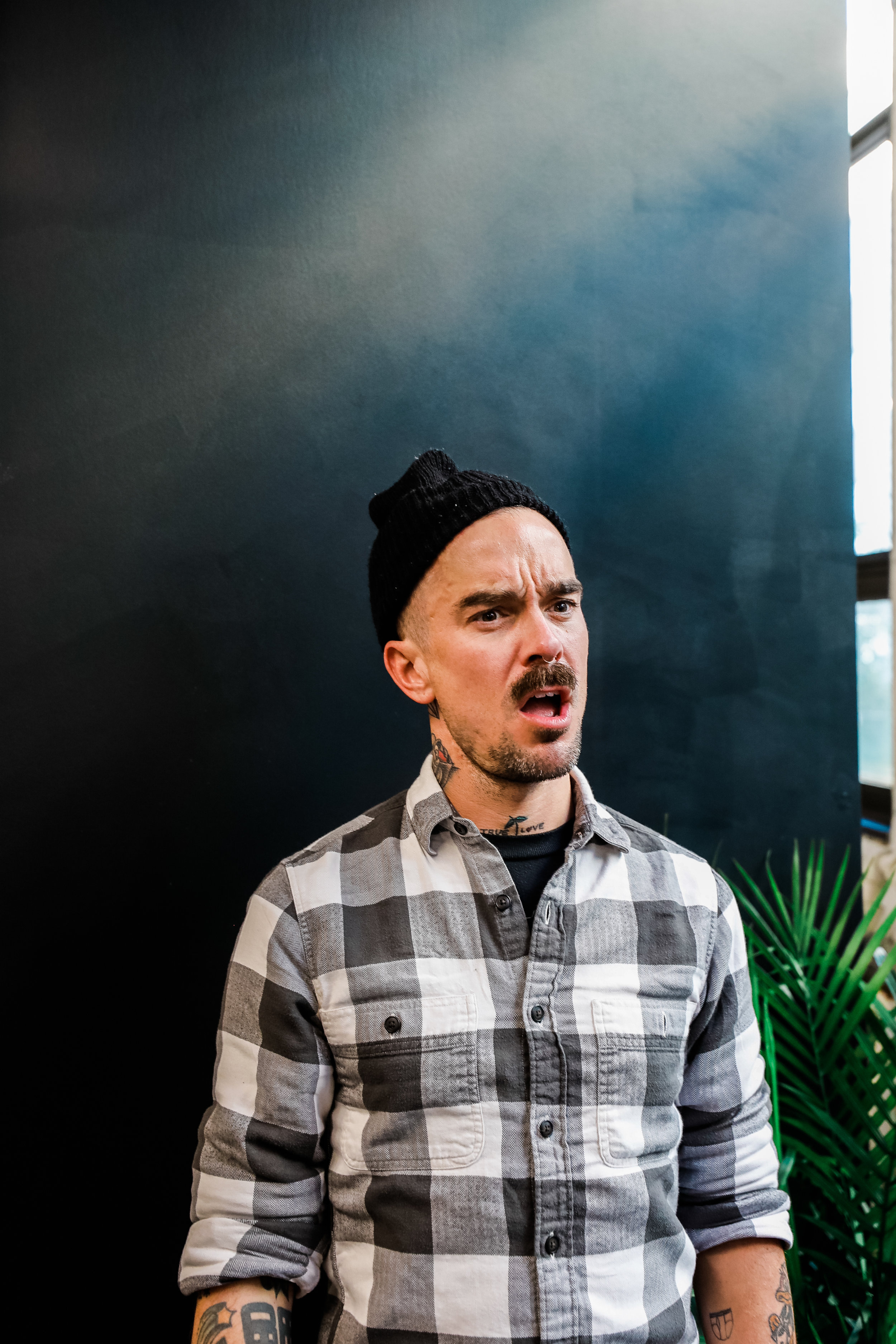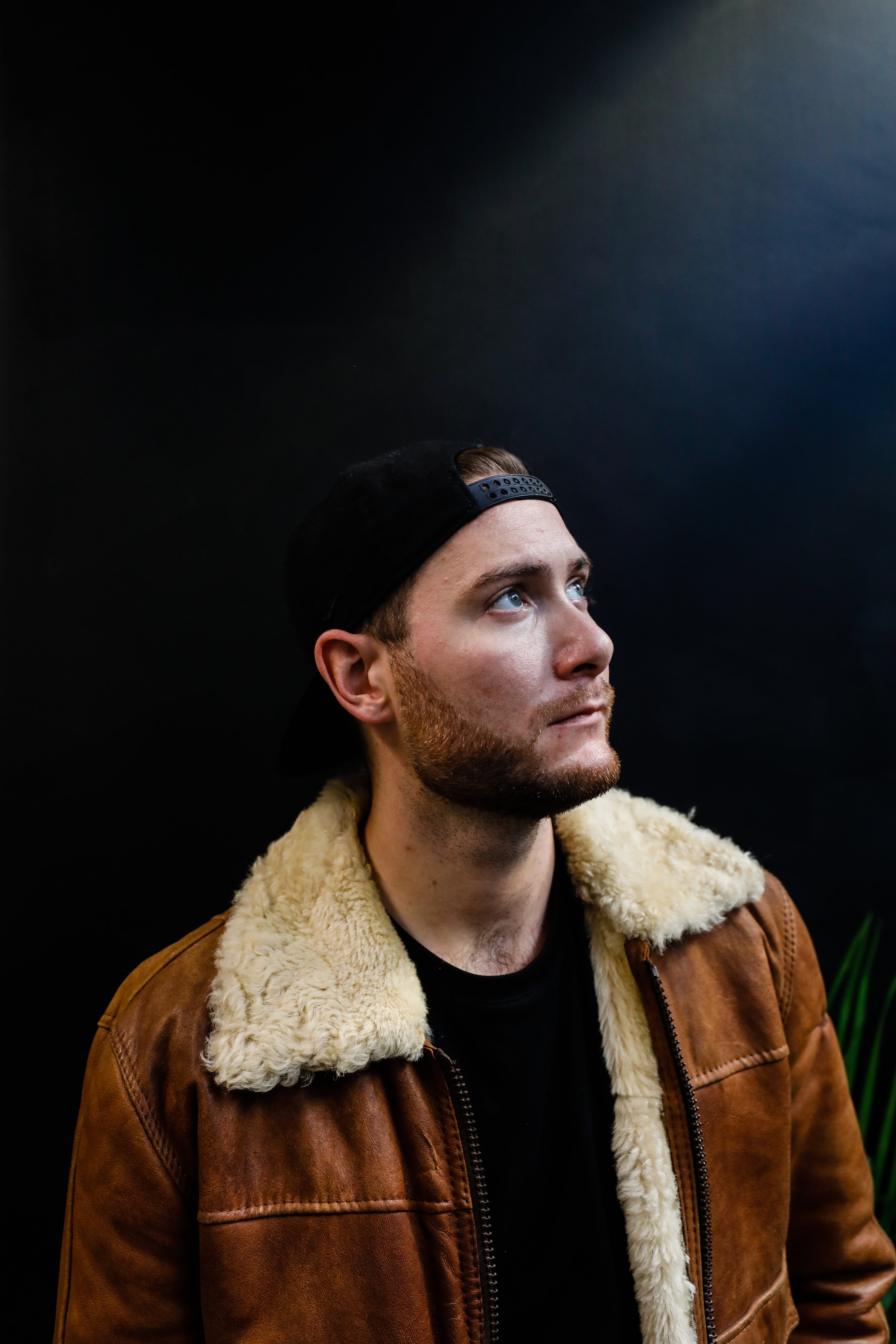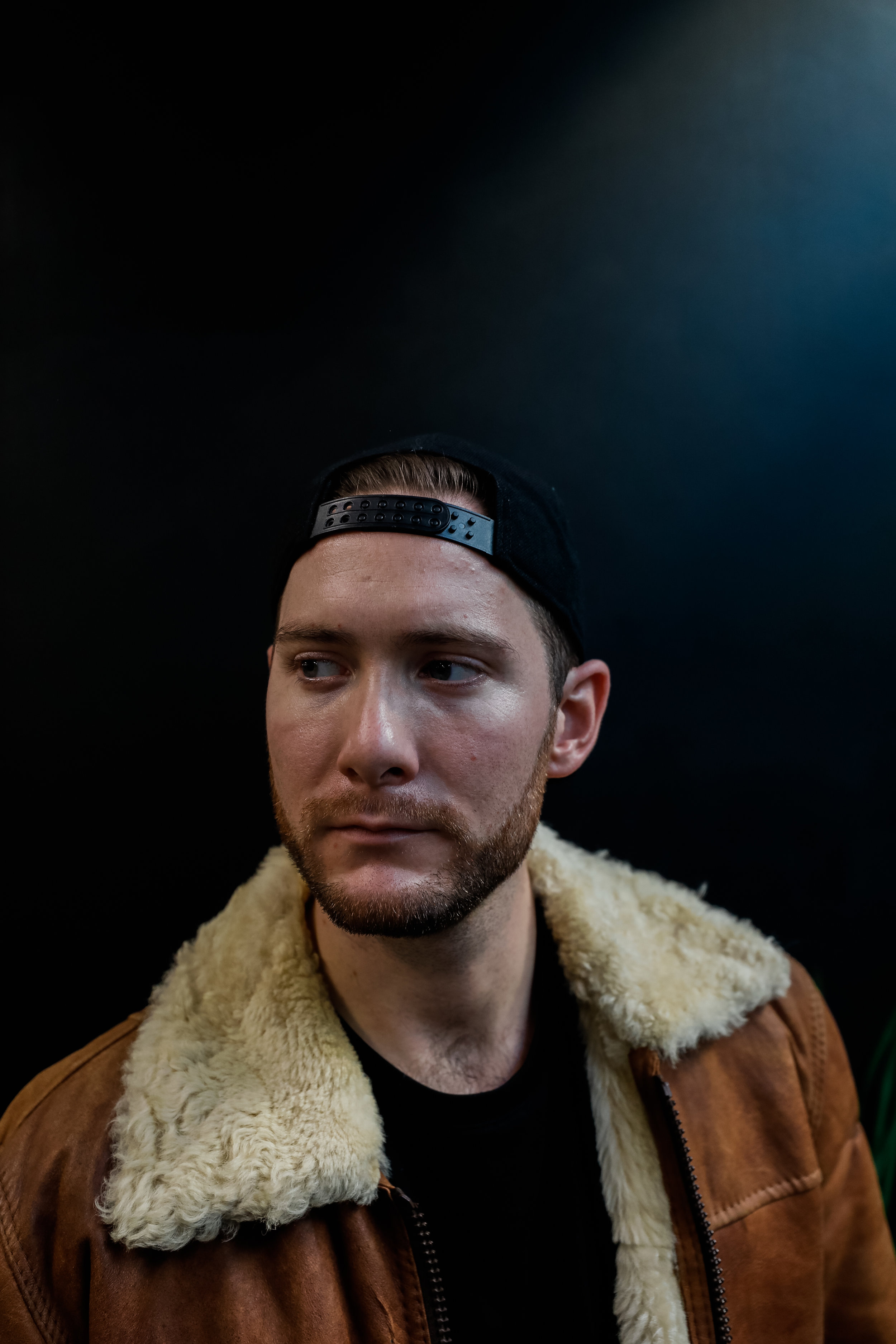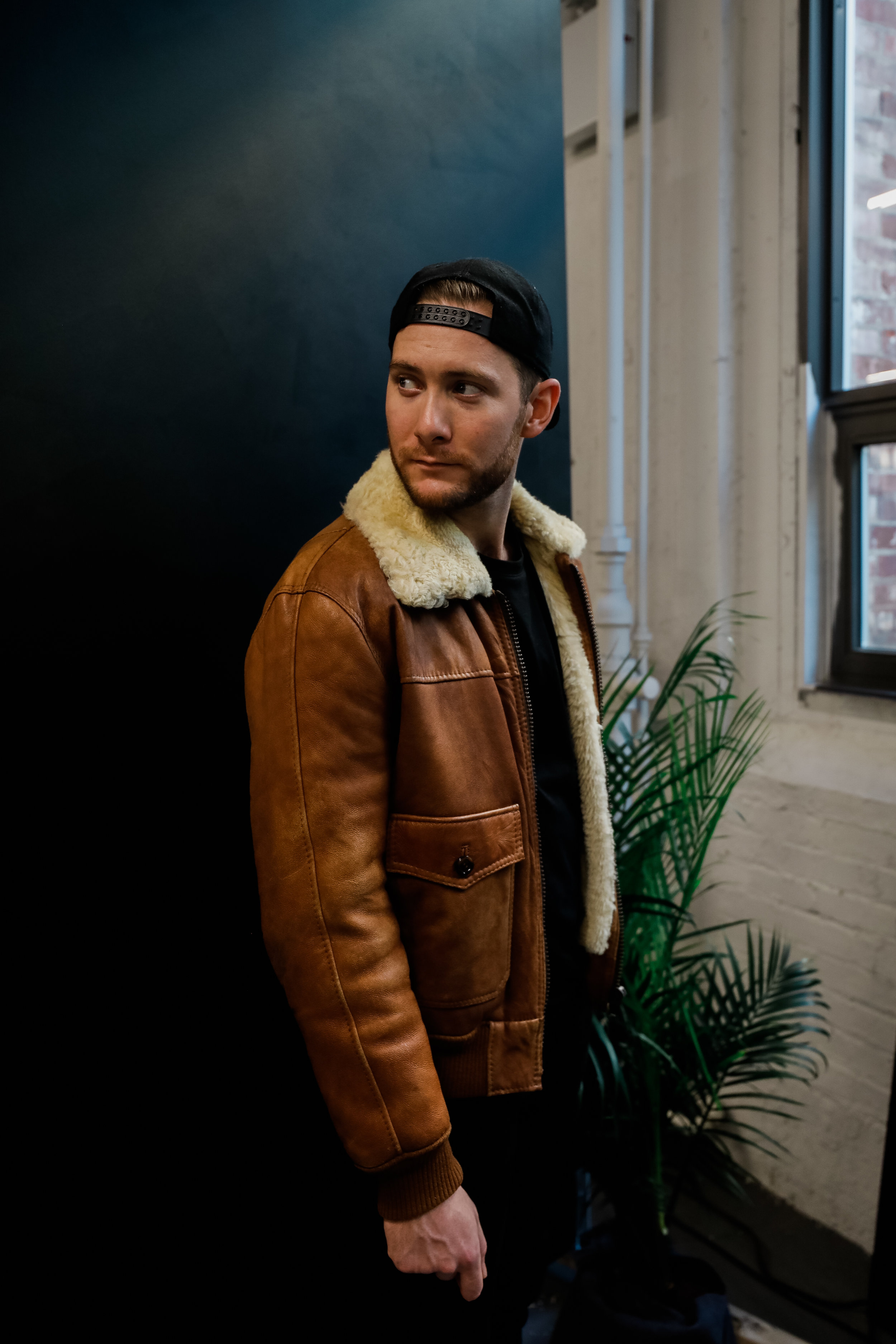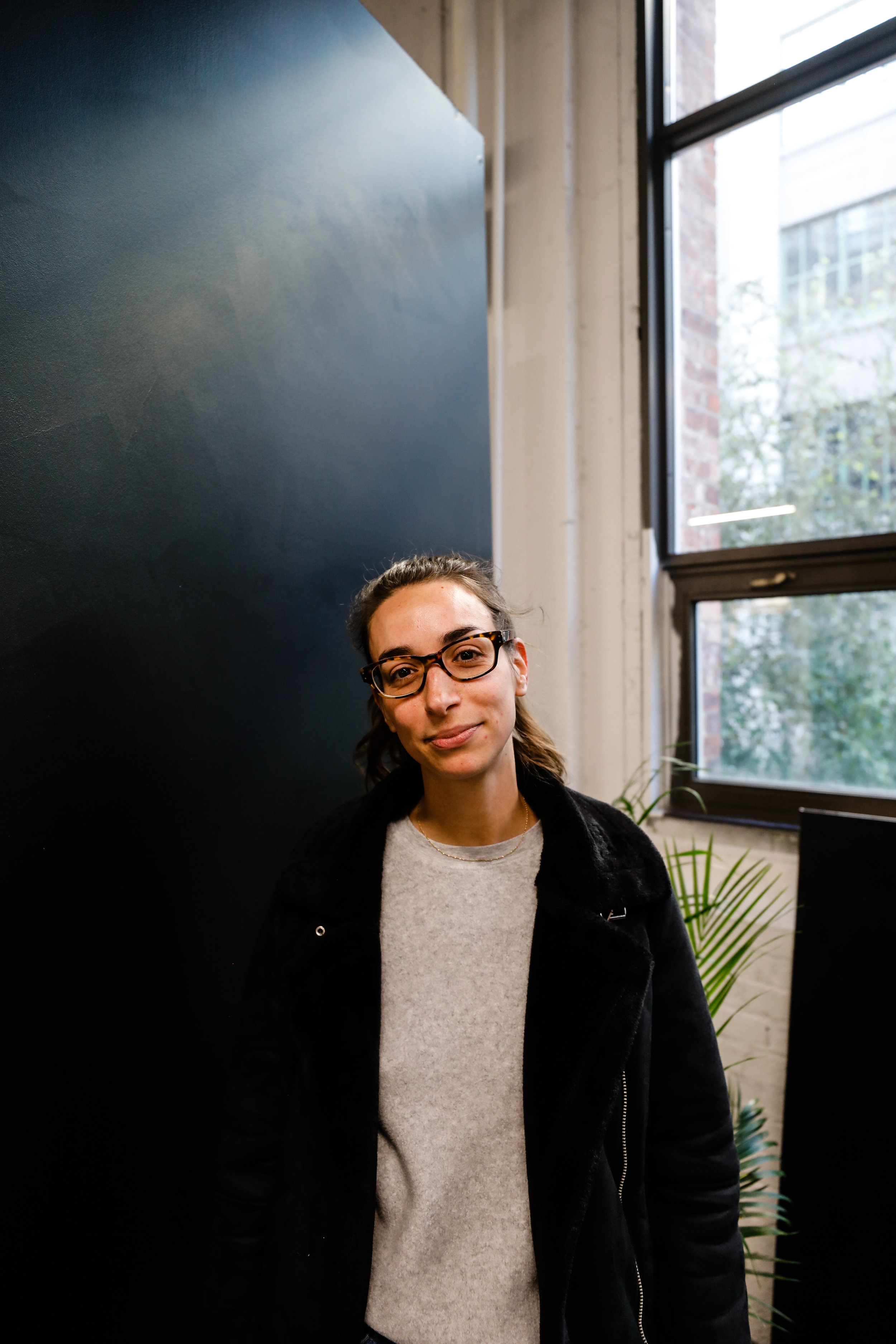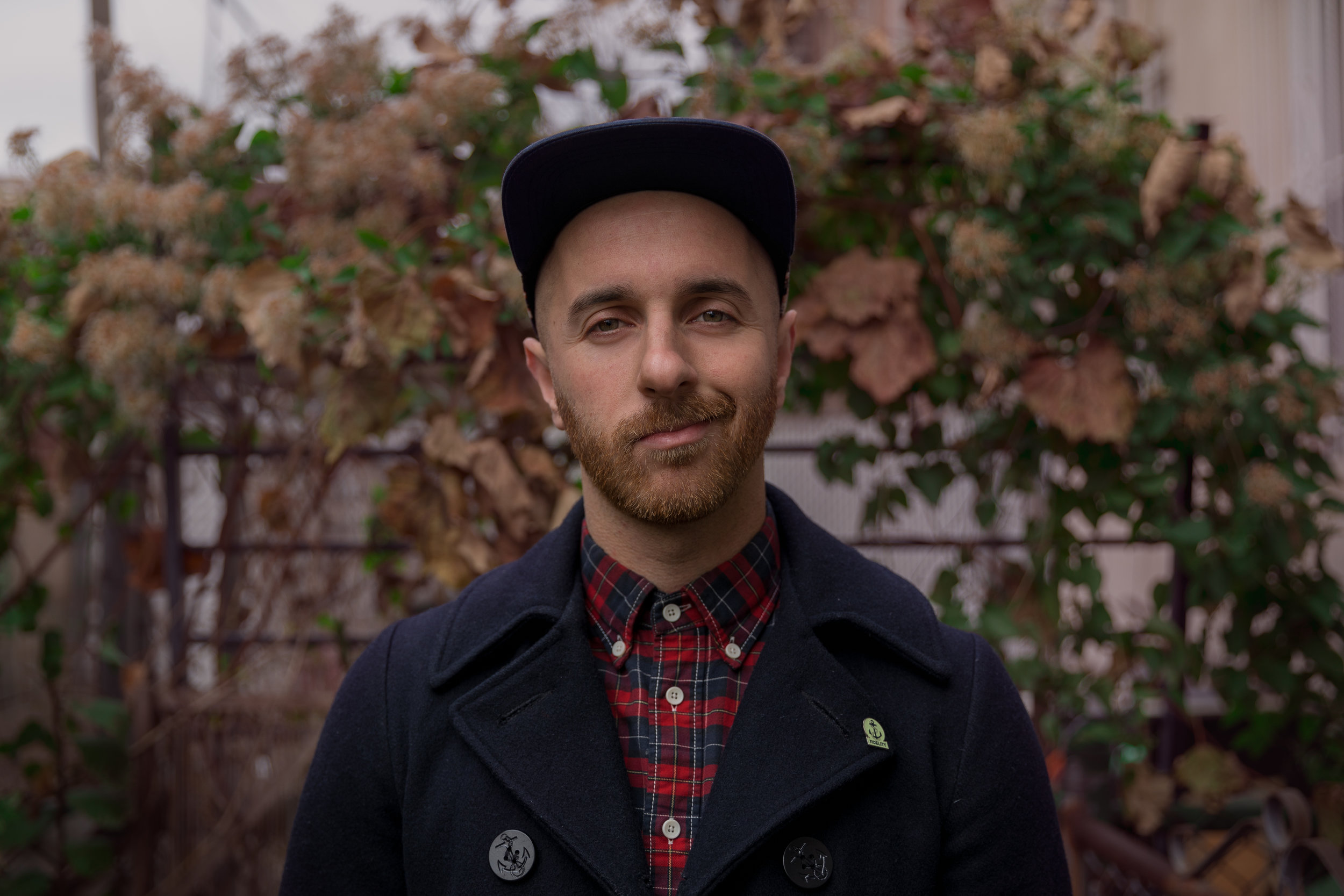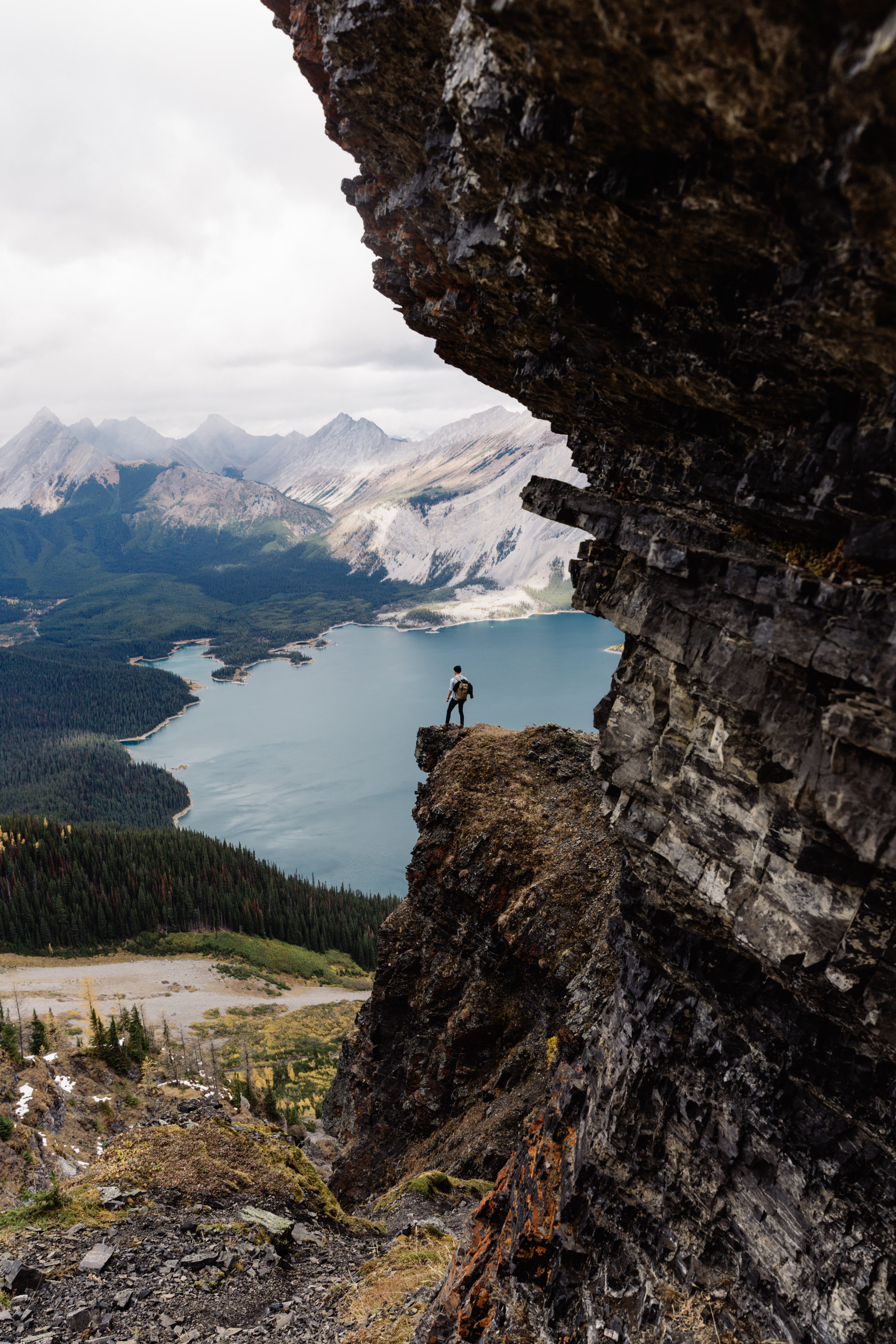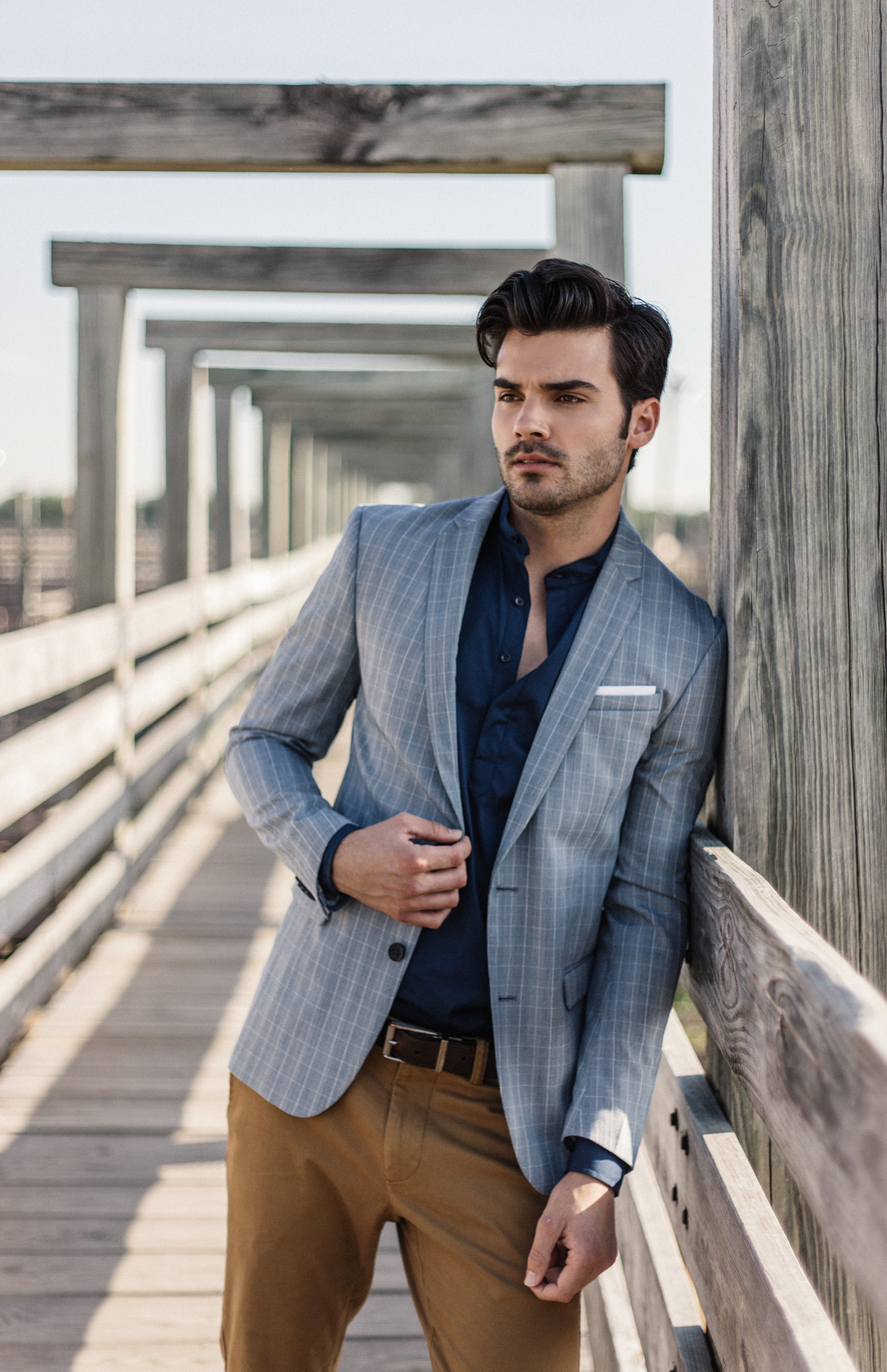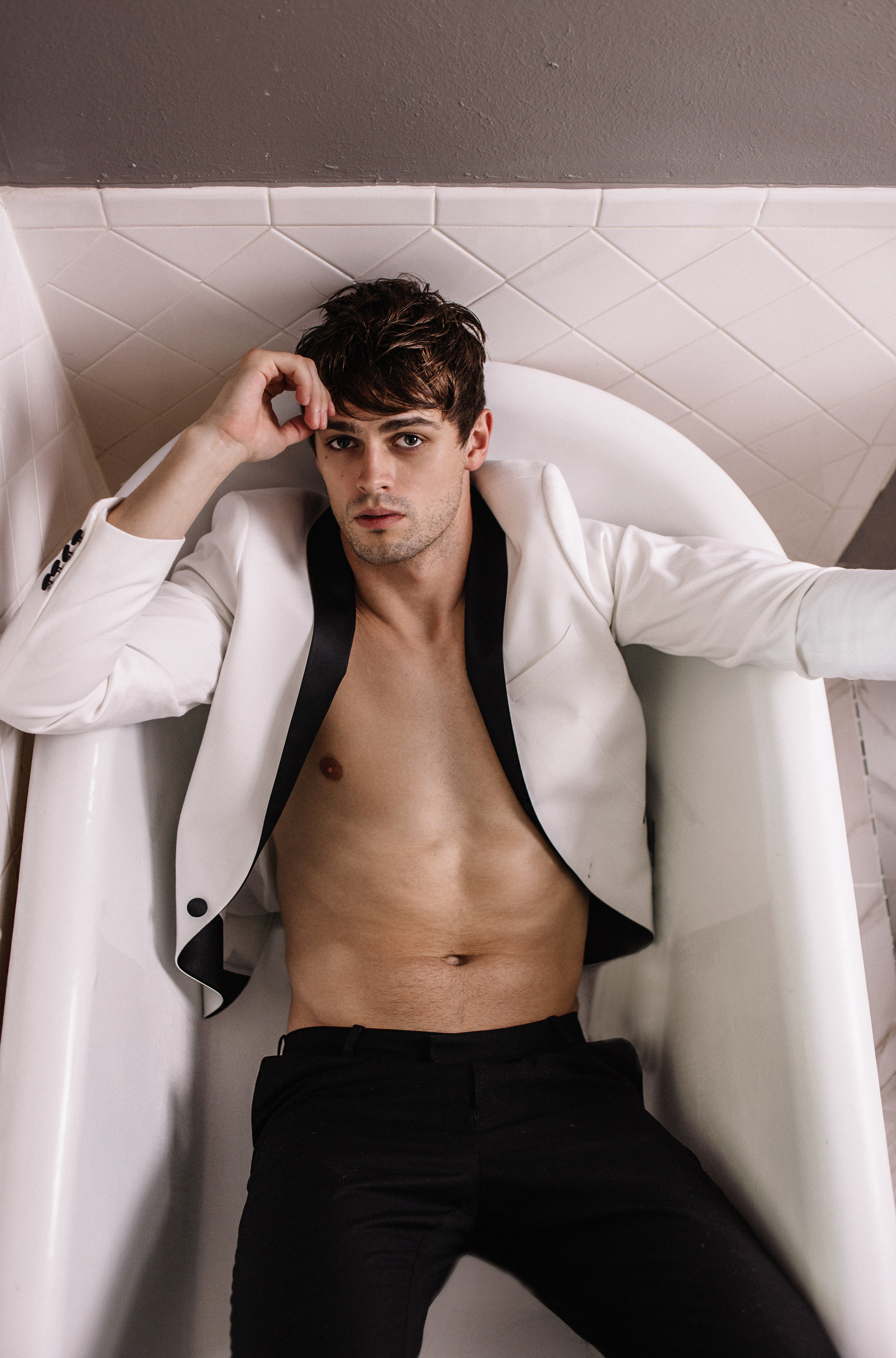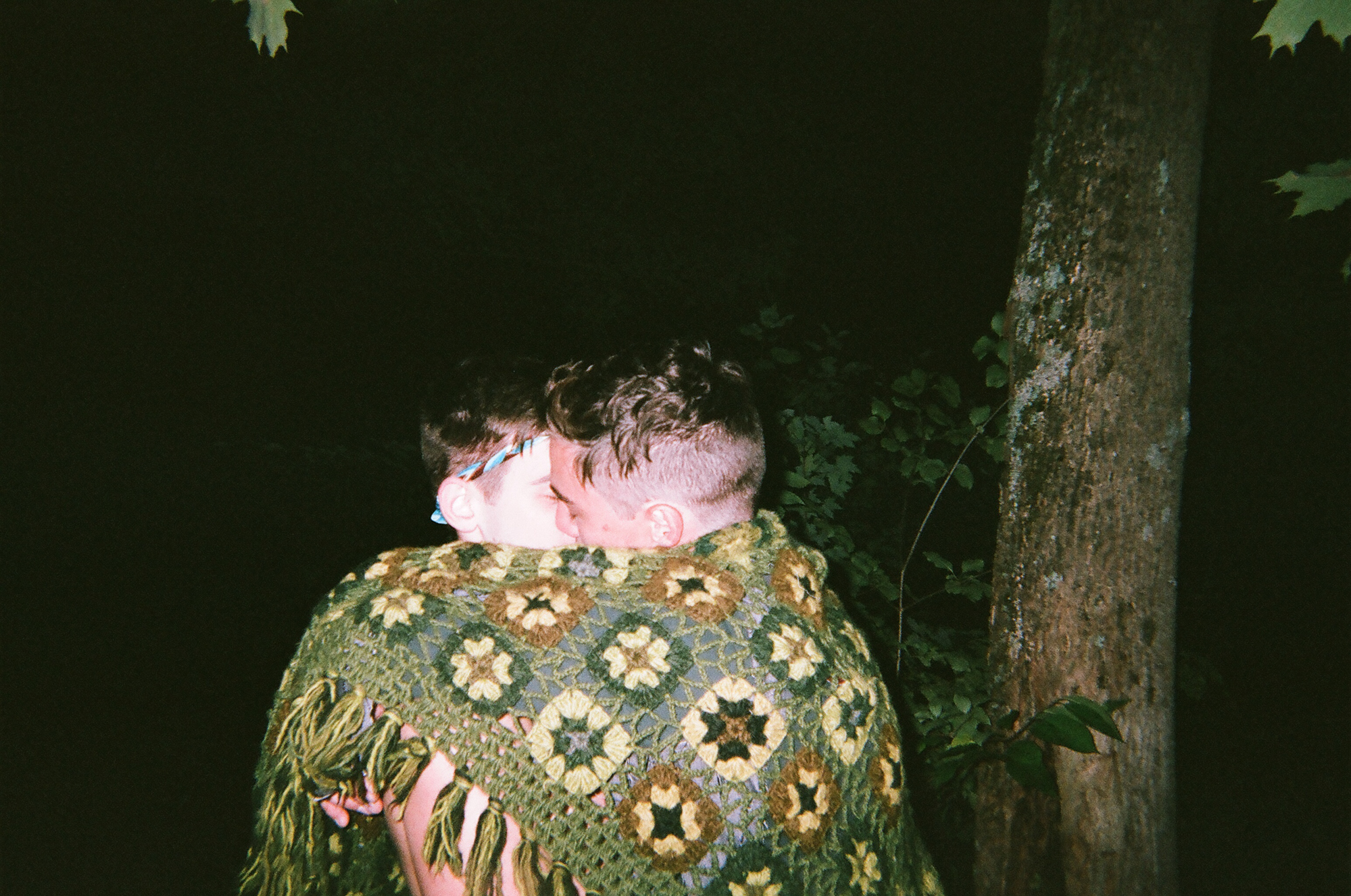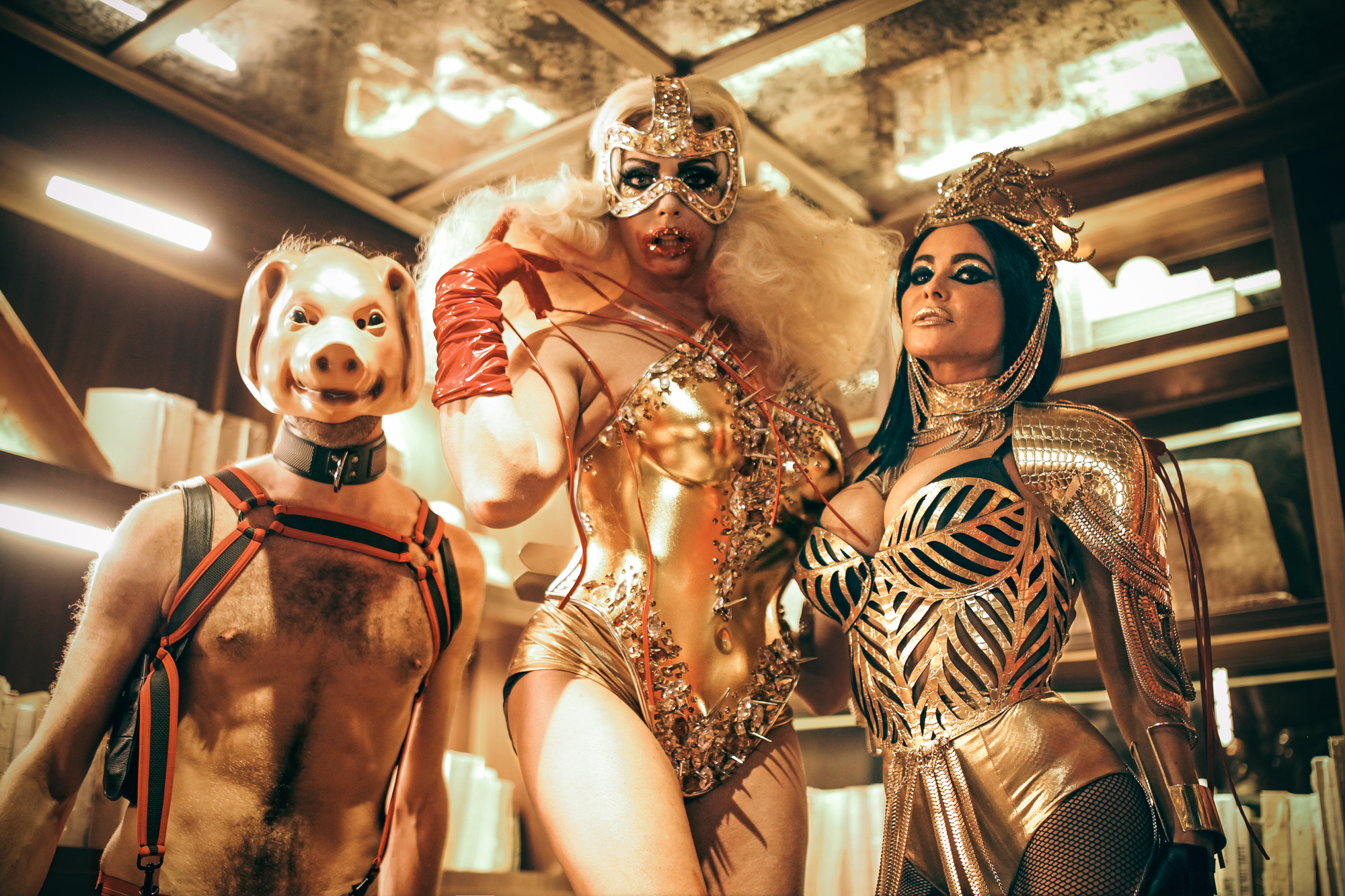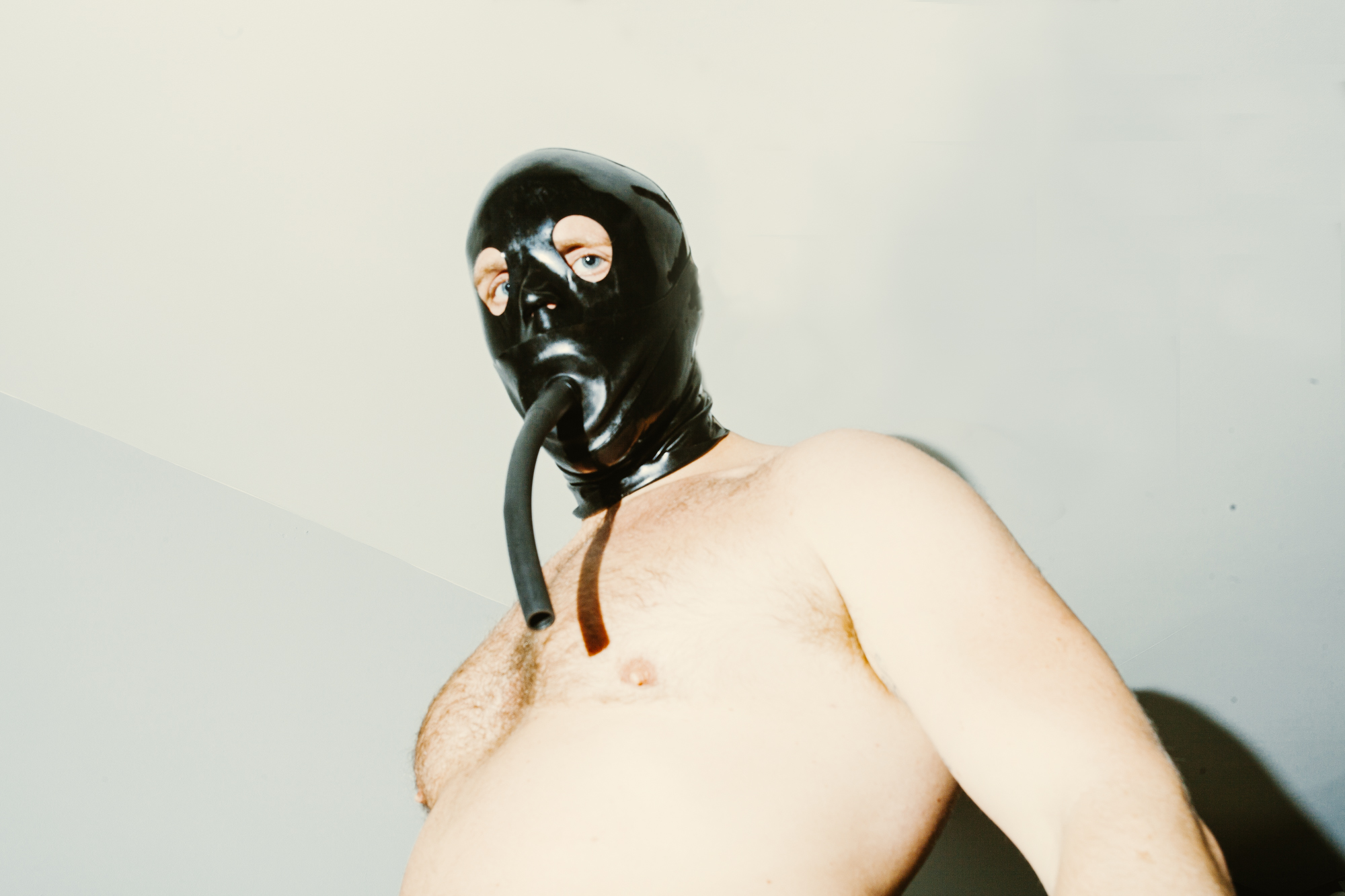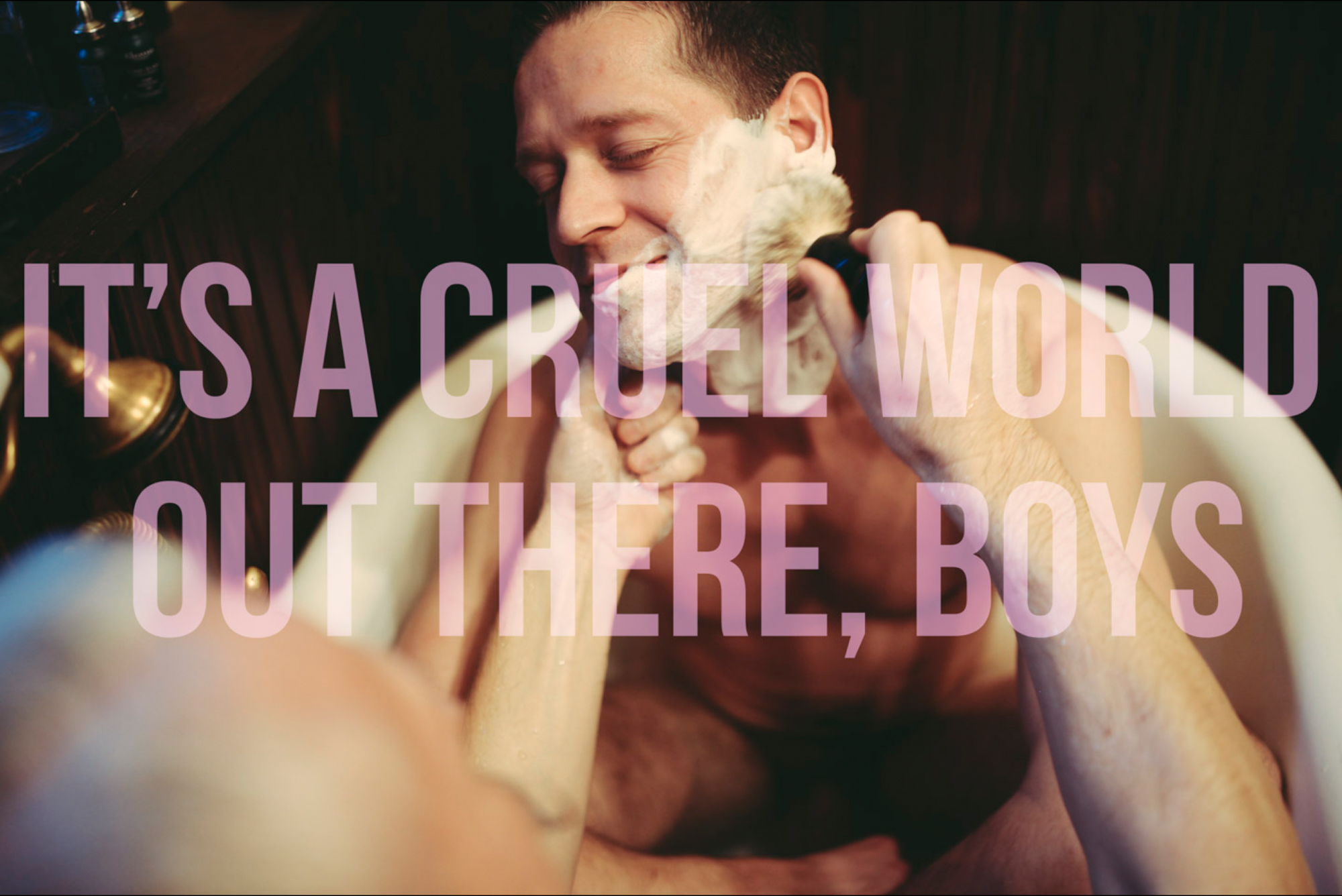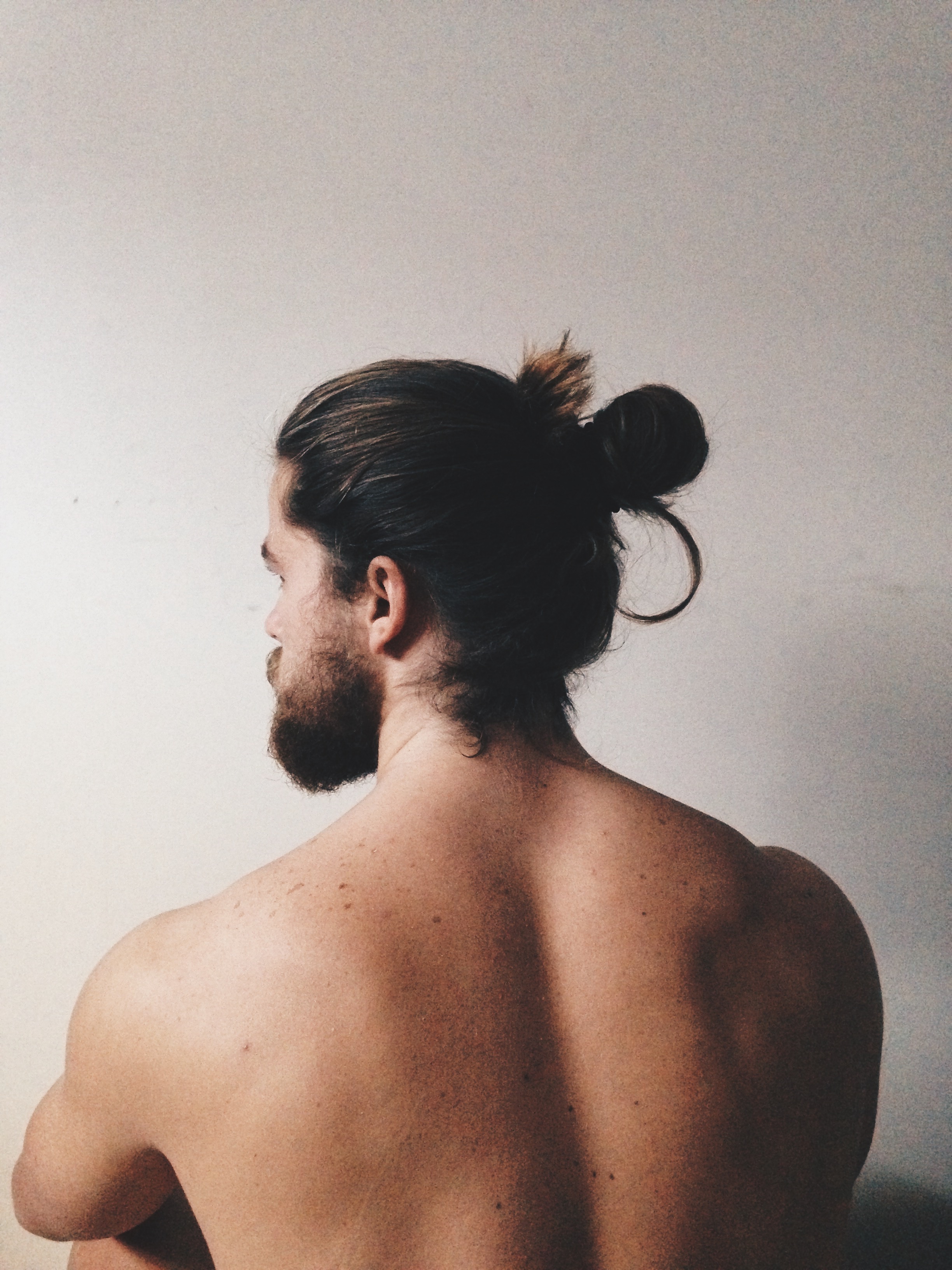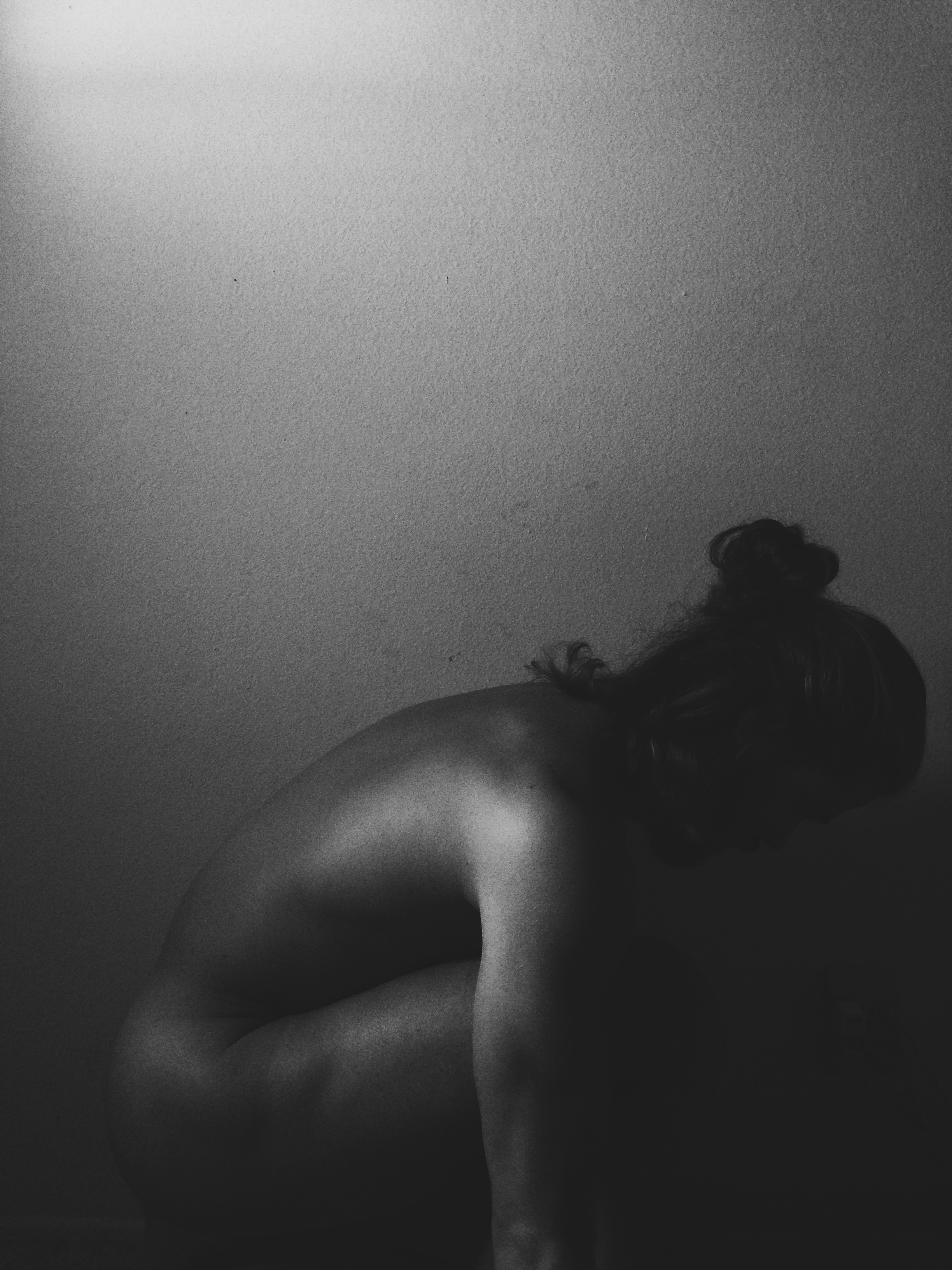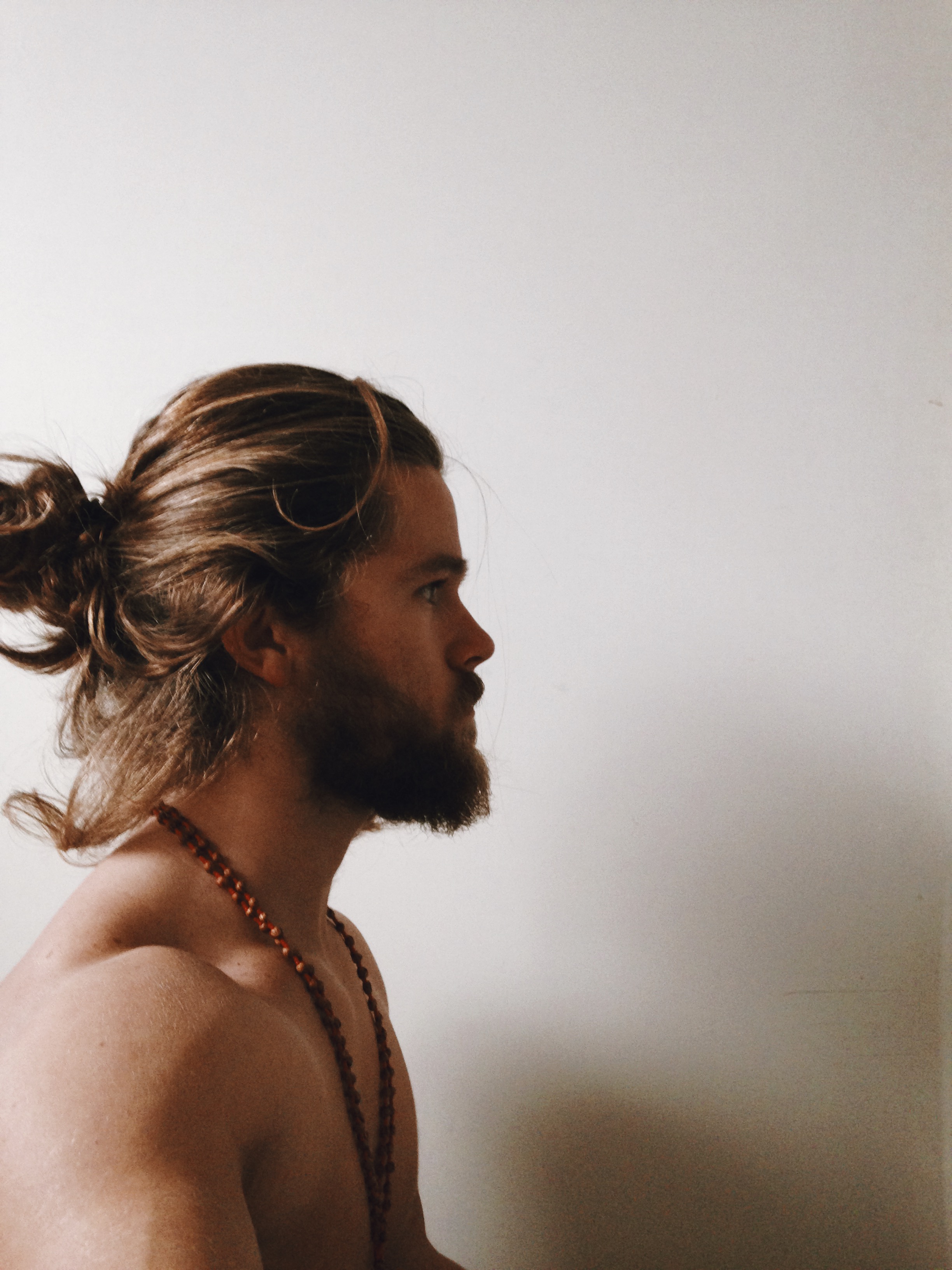Beautiful Masculinity: An Interview with Ricardo Rico
Guest User
Ricardo Rico is a 28 year old Brazilian living in São Paulo. His passion and career is photographing people. The photos he takes are very intimate and they portray a beautiful side to man's masculinity and beauty.
Christophe: When did you first become interested in photography?
Ricardo: I remember the first picture that I saw and I thought, "Wow how beautiful is it!" I wondered how that picture was created. I was a child and the picture was of Naomi Campell, from Playboy Magazine by David LaChapelle.
Ever since then, everytime that I saw a beautiful picture, I wondered how and why it was made. When I was a teenager I met a photographer and he invited me to help him during a photoshoot of a new upcoming model. That moment was my first real contact with photography and I fell in love.
C: Were you self-taught or did you learn in school/from a mentor?
R: Self-taught. My first exposure with photography was through a professional, however I did not have them as a mentor.
I researched and read about photography back then, and nowadays I continue do to do the same. I never stopped seeking more information.
Knowledge is an endless cycle, never stop seeking.
C: How did you develop your style?
R: So difficult, I have many doubts if I developed a style.
Hehehe "I love making new experiences"
Nowadays, my experience with 'The Lonely Project' has made me happy
C: What themes do you explore through your work?
R: Masculine beauty in physical and emotional forms is my current theme. I try to portray another man by mixing and molding a little of my subjects and a little of myself together.
C: How do you find and choose you subjects or locations?
R: The intimate/nude theme is a set for 'The Lonely'.
Normally the first contact with the candidate is online, and I explain my job and they tell me the reason that motivated them to seek being photographed by me. I get to personally know them, and we start a building a strong connection based on confidence. After all nudity is still a taboo and it is not easy to get naked in front of someone.
Usually, I photograph in their house. I see this place only on the day of the photoshoot.
Sometimes the place is amazing with a lot of light and I can explore the place many ways, while other times it is a patient game where I fight against the darkness to explore the maximum that I am able to do. However, the place is not very important, the focus is the human. The pictures I take and conversations we have are the most important objective.
C: What inspires your work?
R: The people are my inspiration. I loving walk on the street and observing the people near me. It’s fascinating to observe someone that have no idea they are being observed. Mainly lonely people, seated in the park, in the square, public transport, waiting for someone or something.
And movies, TV series, songs, and some photographers that I like so much are João Guedes, Wong Sim and Haris Nukem.
C: How do you compose an image? Do you go into the shoot with a specific shot in mind, or does the inspiration strike when you place your model in the setting?
R: All is an experiment. First, I need to get a harmonious atmosphere to feel free and confident. After that the experimenting starts. I continue to study and search what will be visually pleasing for the photoshoot throughout this entire process.
C: What has been your biggest lesson learned through creating your art?
R: I have learned to listen.
I have gained the opportunity to meet a lot of different people with culture and histories totally different and this has enriched me a lot as a human.
C: What do you hope your art says to people?
R: The interpretation is free and totally personal. In my opinion, the body is art and can be interpreted to many ways; it depends on the way that you see.
C: Why did you choose your craft? How hard was it to become profitable at it?
R: It is necessary for me and I cannot see myself doing anything different than photography in my future. Just like any other self-employment, this is a battle with ups and downs.
C: Any suggestions to newcomers to the field?
R: Make experiences, observe, make mistakes & correct them, do not give up, remake and try it again!
C: If you couldn’t be doing your craft, what would you do instead?
R: I cannot see myself doing something different than photography, however Graphic Designer is another option.
C: Any favorite moments of your career so far?
R: The gaze, of who I captured with my camera, this make me feels happy.
C: What would you do differently if you could start from scratch?
R: If I changed one thing that I did, I probably could lose good things that I won during this time.
Rico is currently working on a project that we can all support by clicking here on the Catarse website. (Brazilian Crowdfunding)
The second edition of Lonely Magazine is in the works and he needs our help to publish his fantastic work of art.
You can also share some love and check out his website & Instagram:
Website: RicardoRico Instagram: @the.lonely.project




















